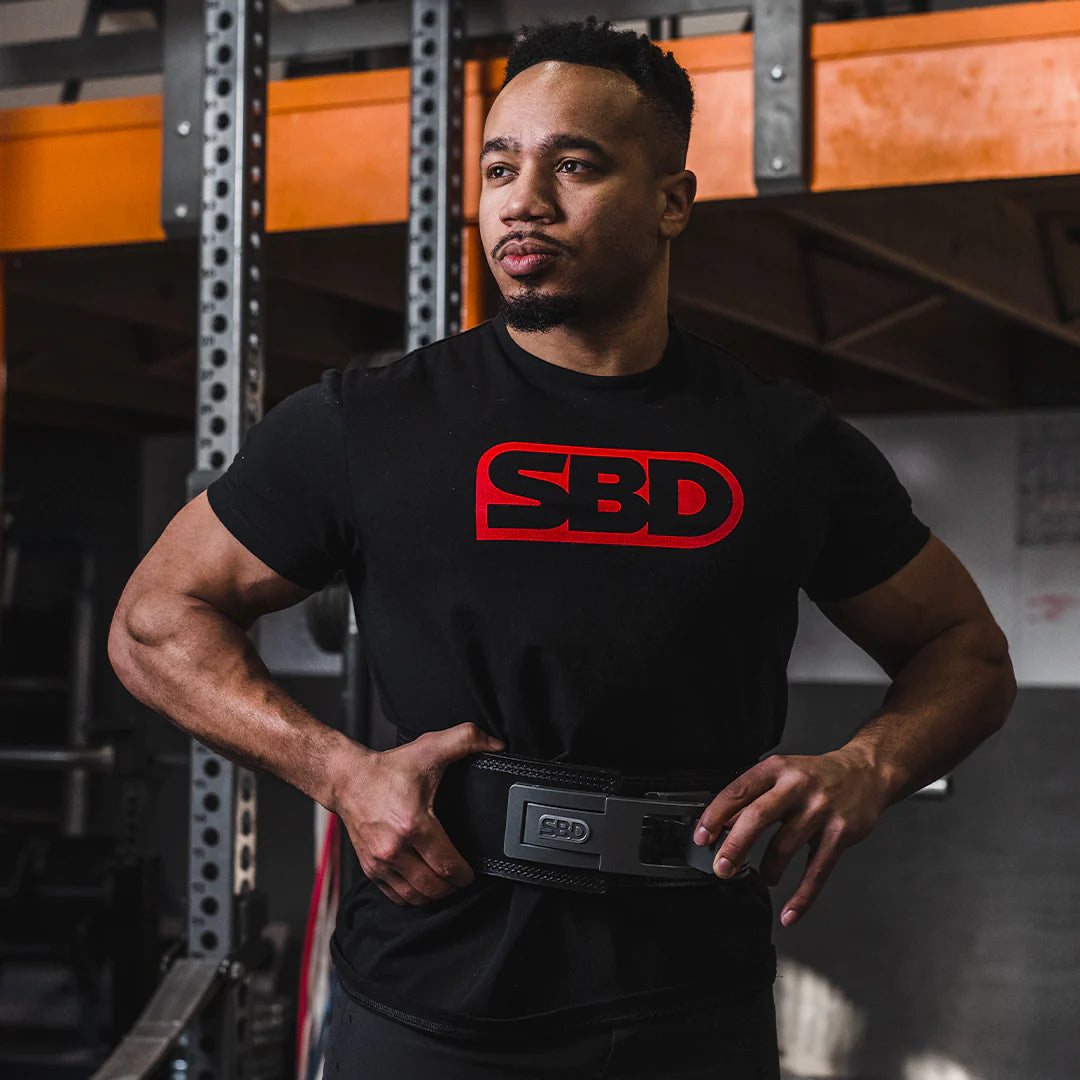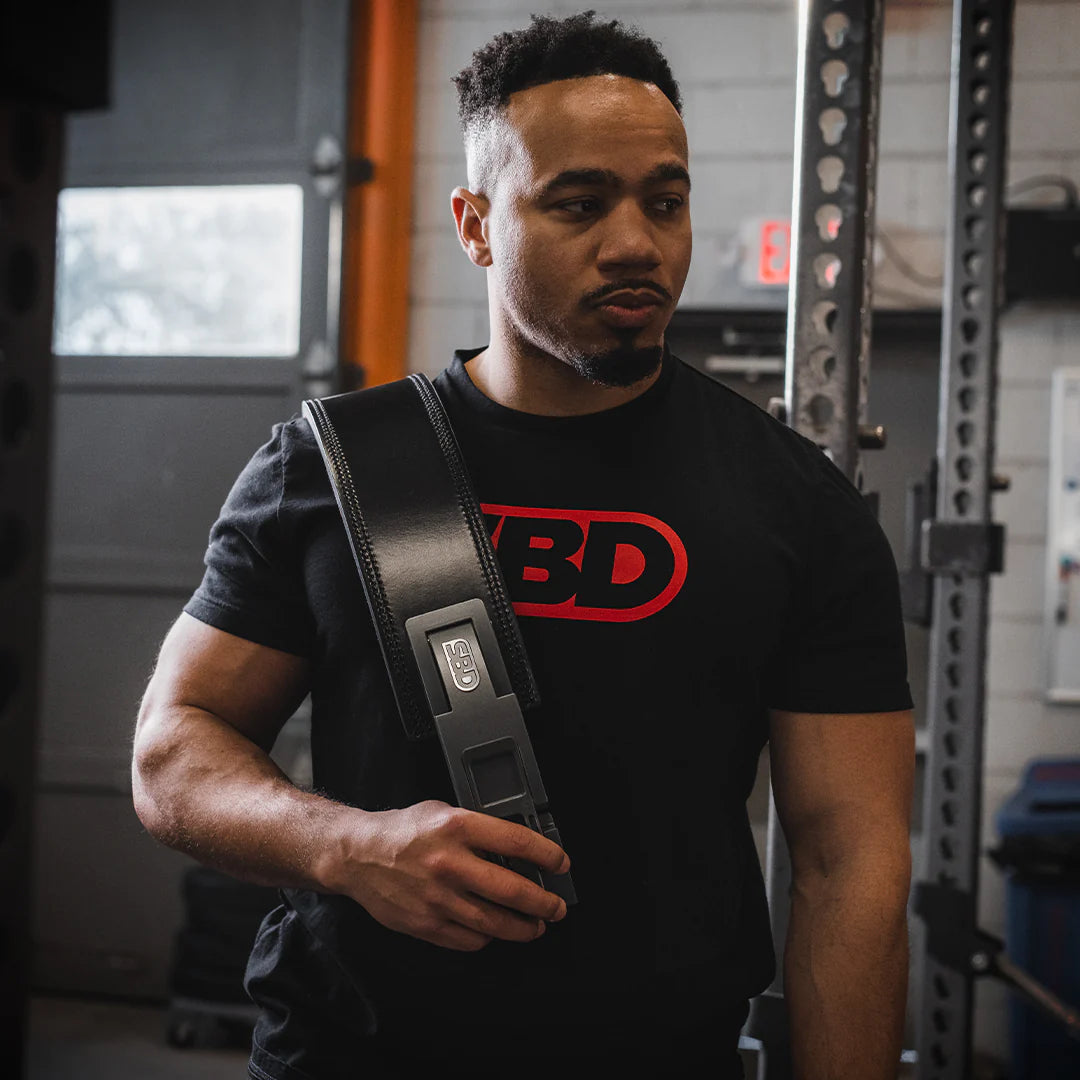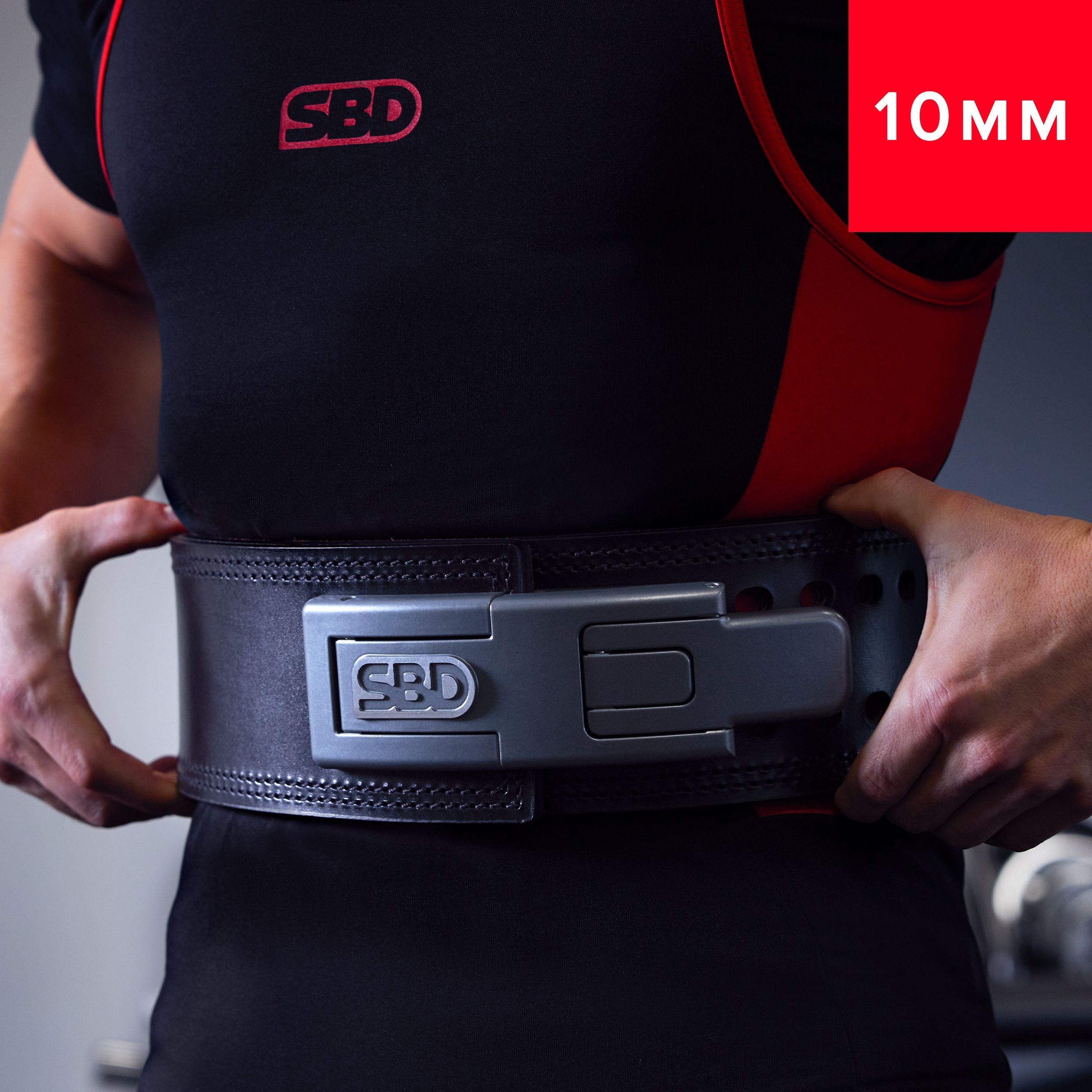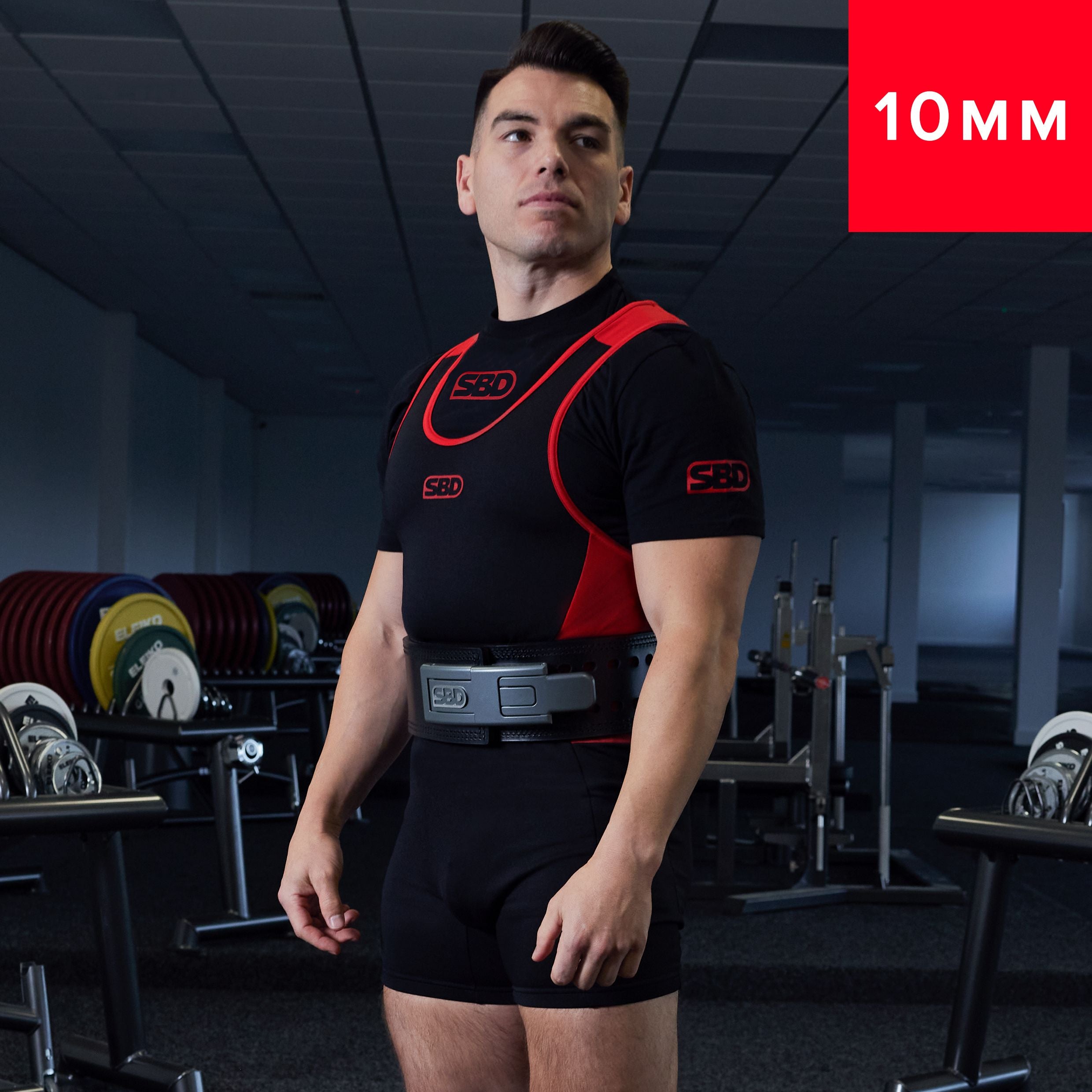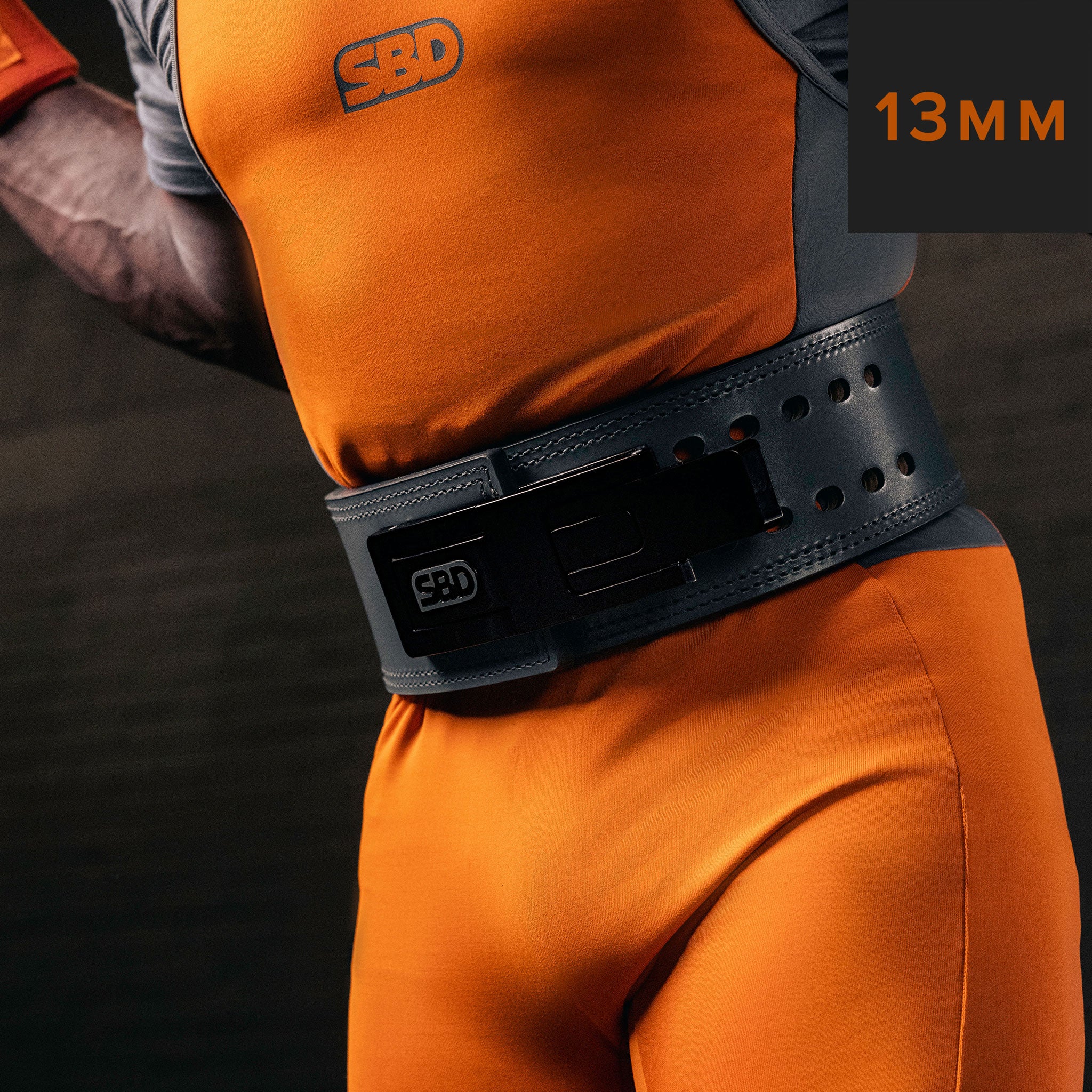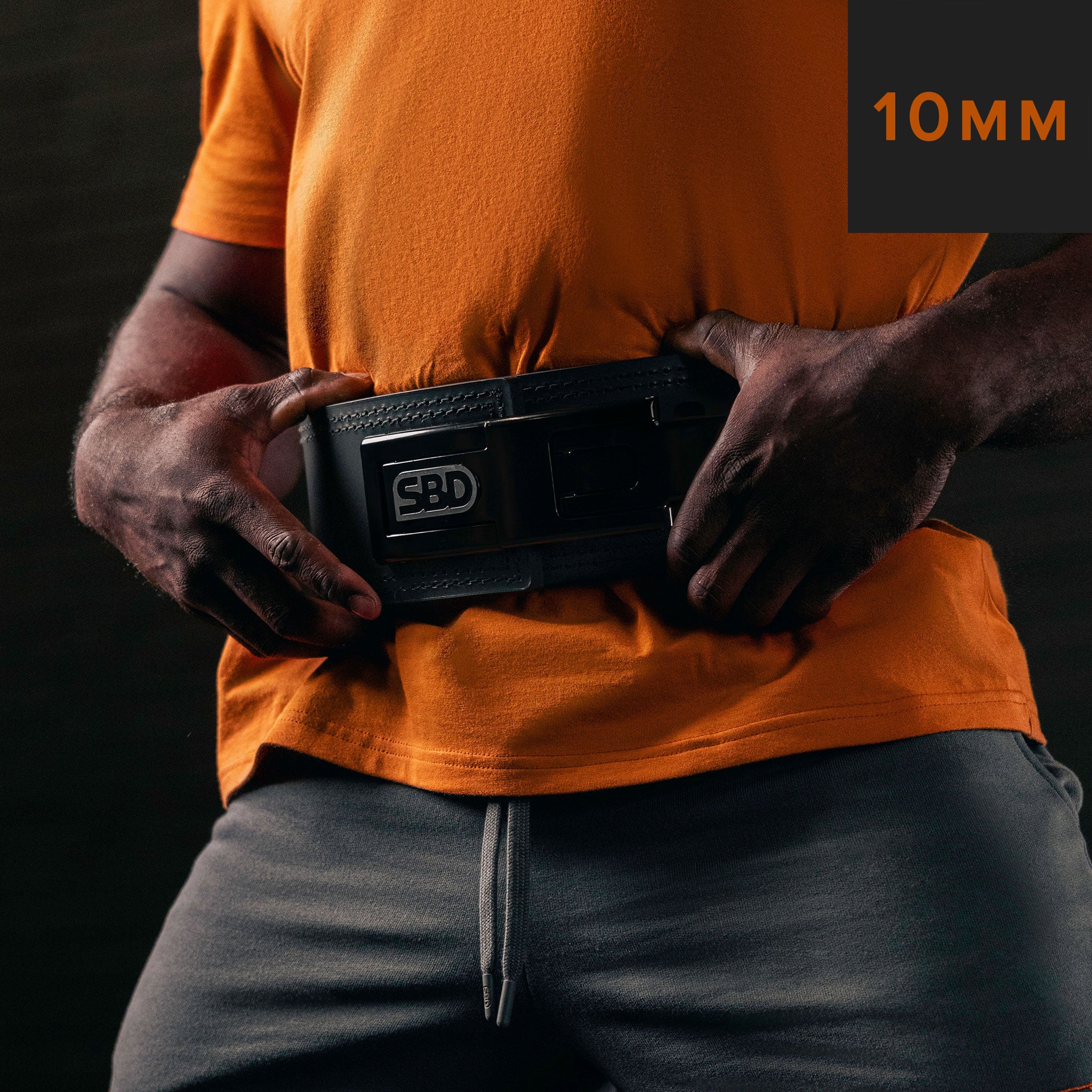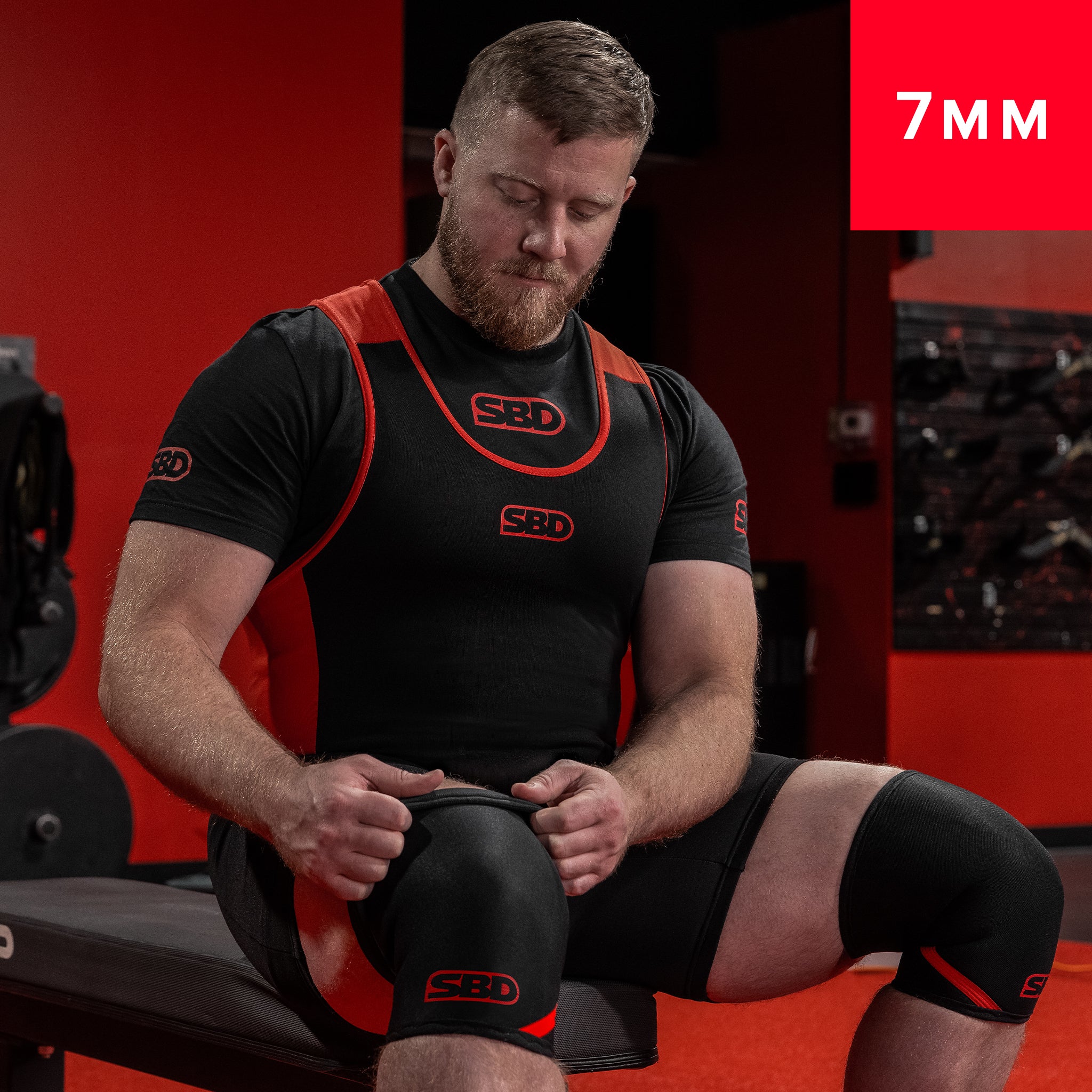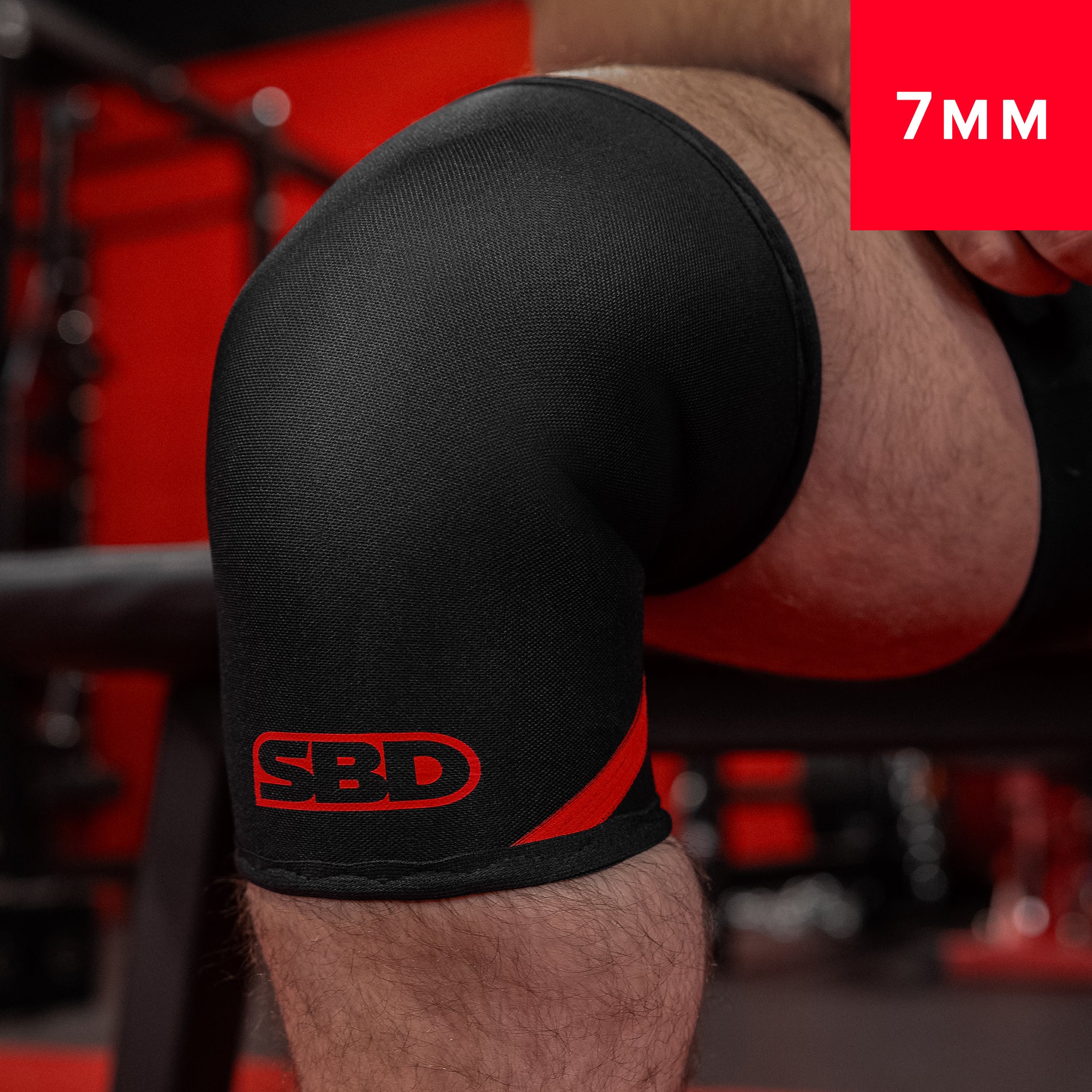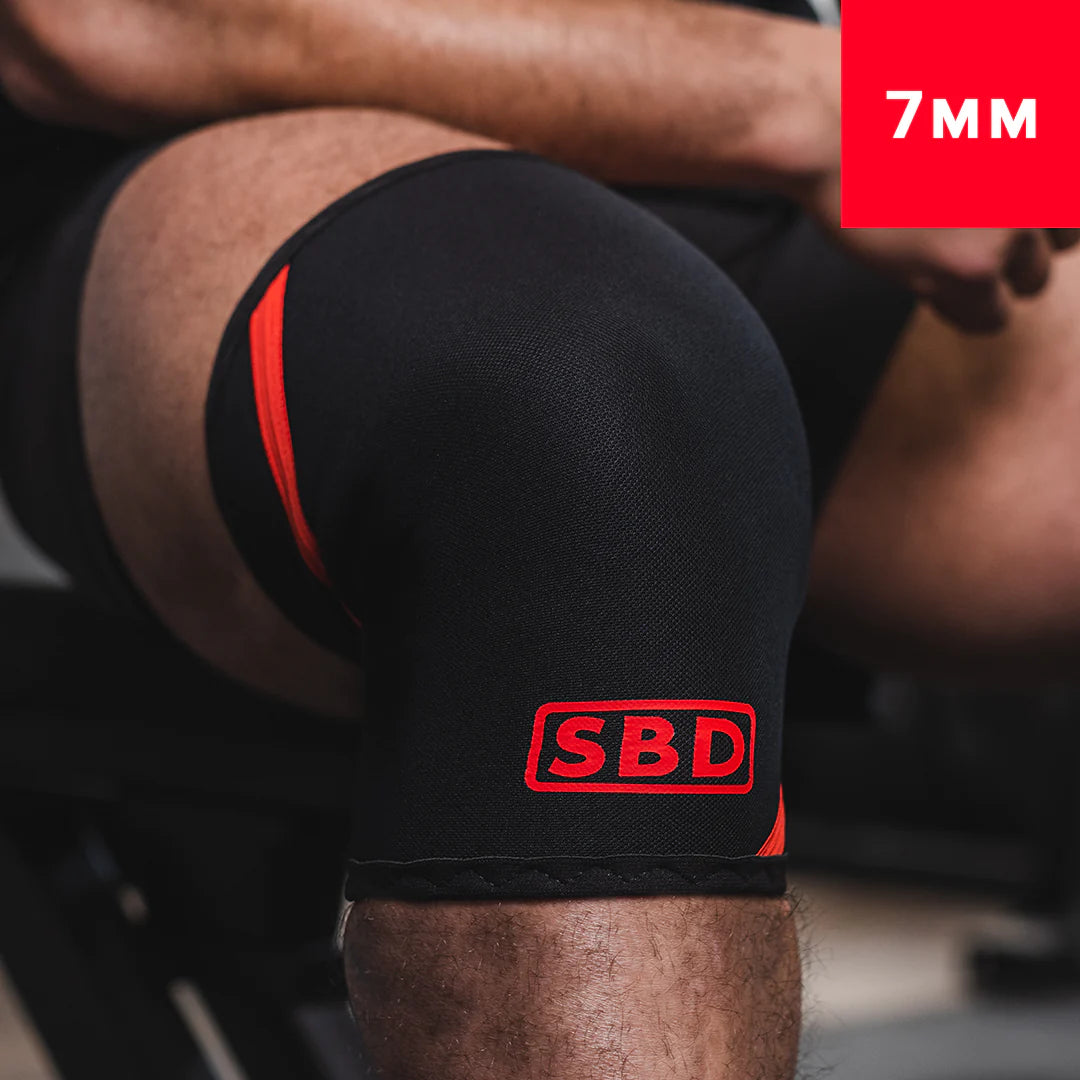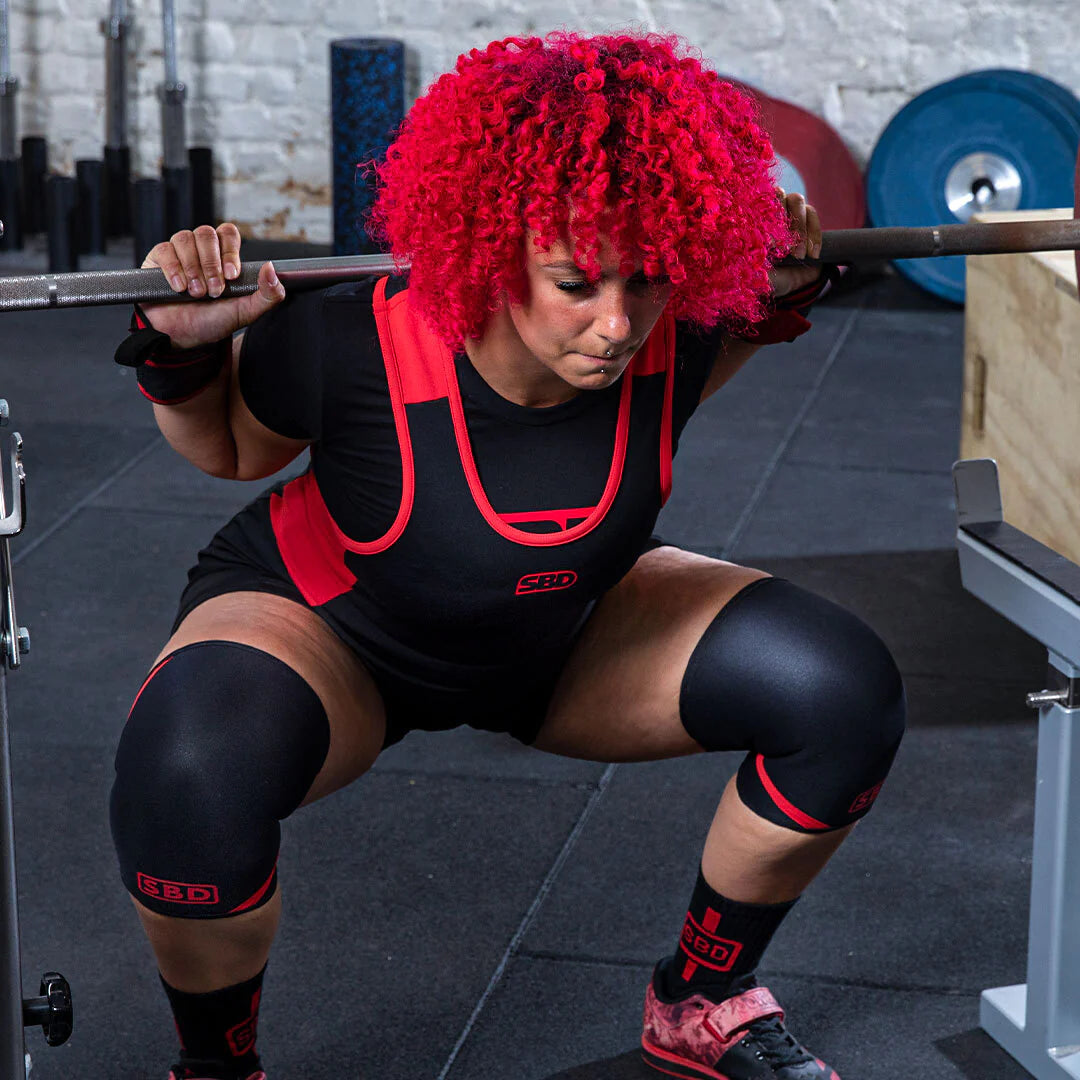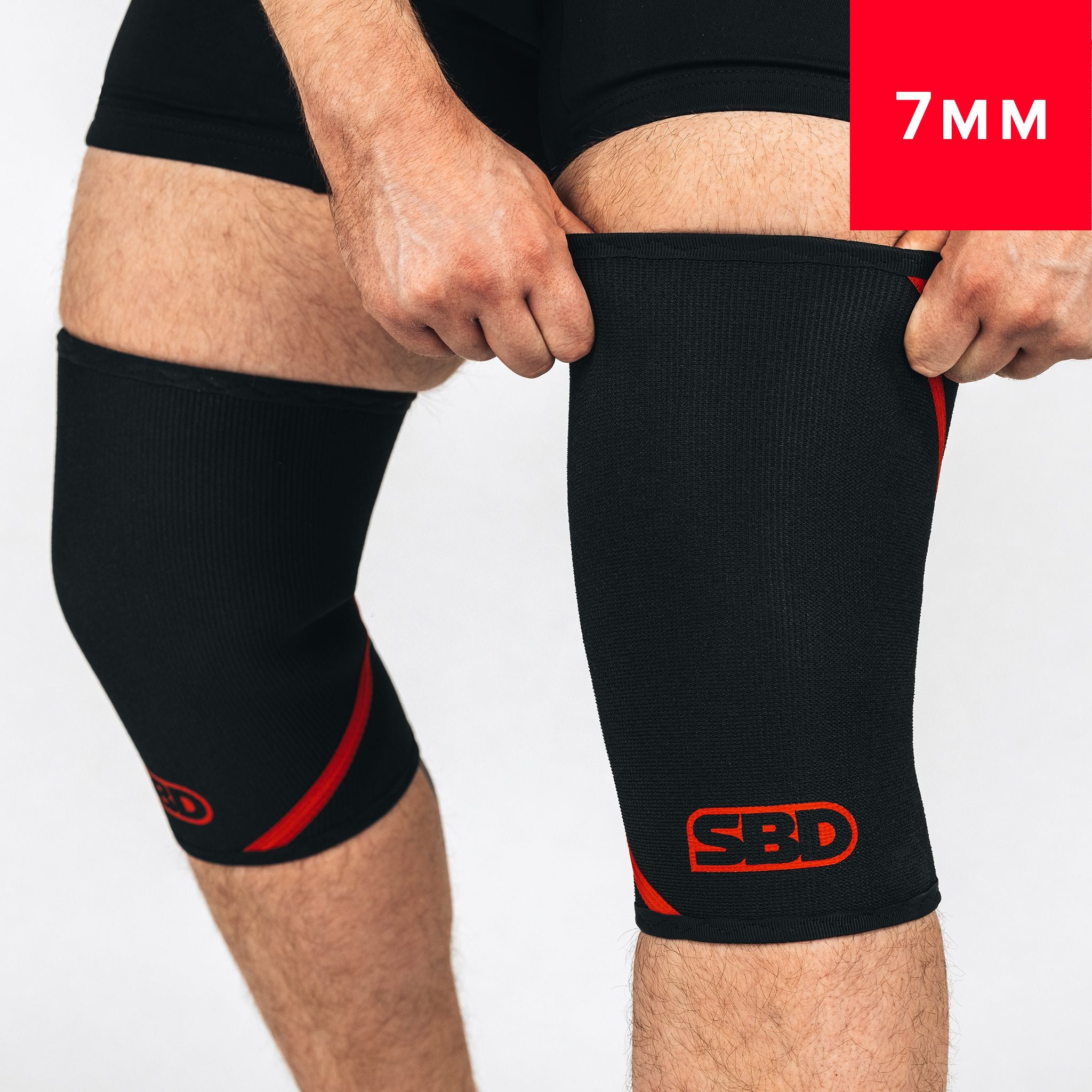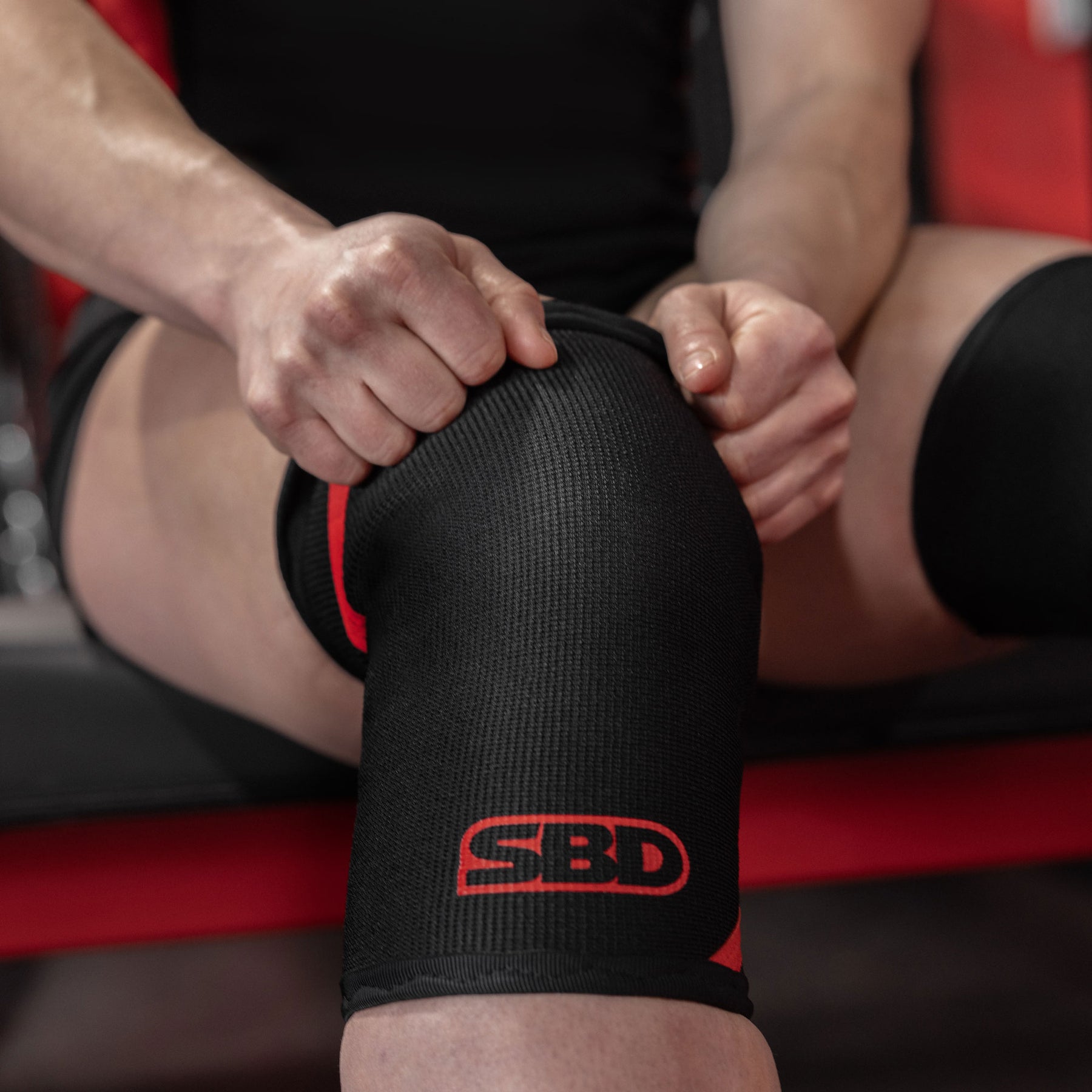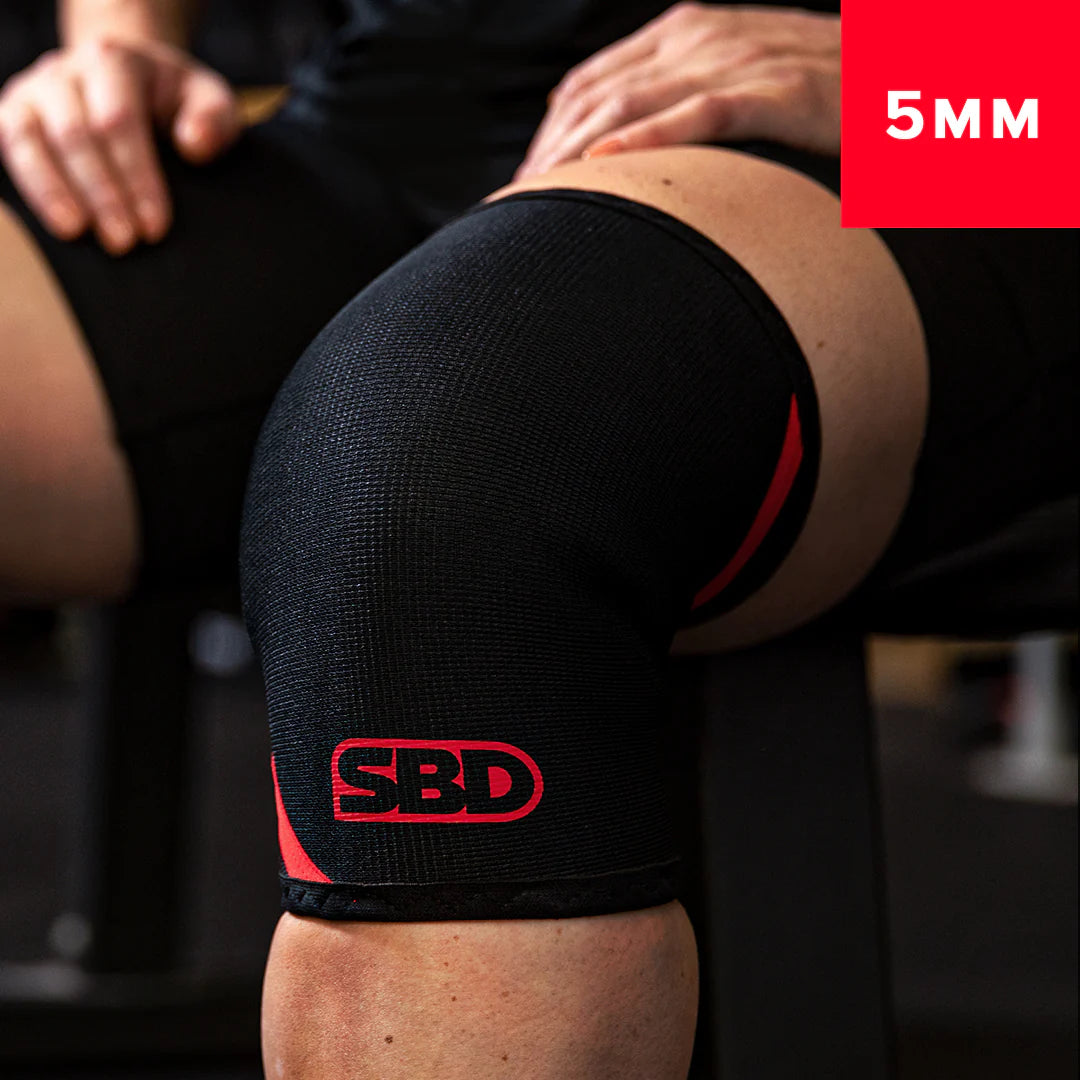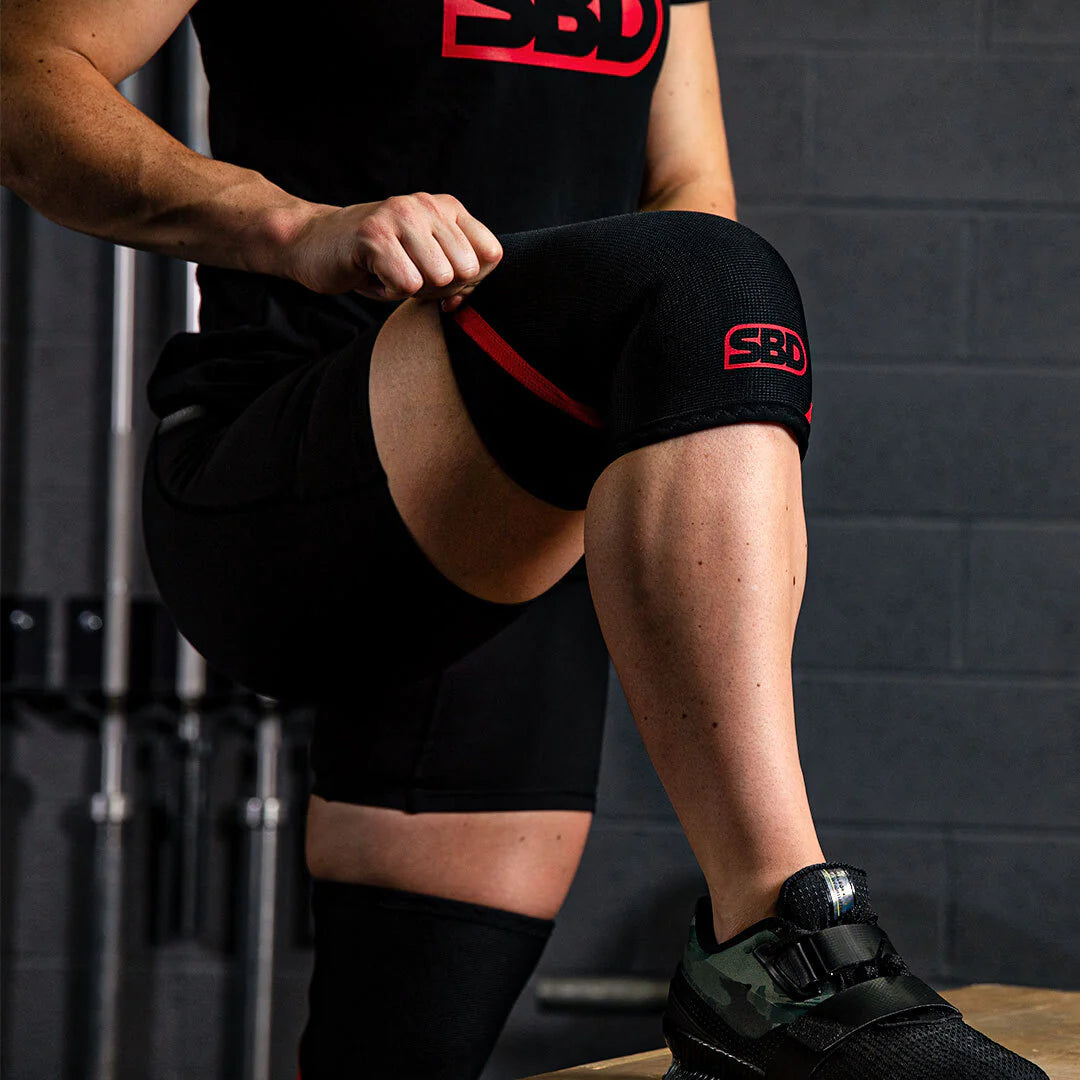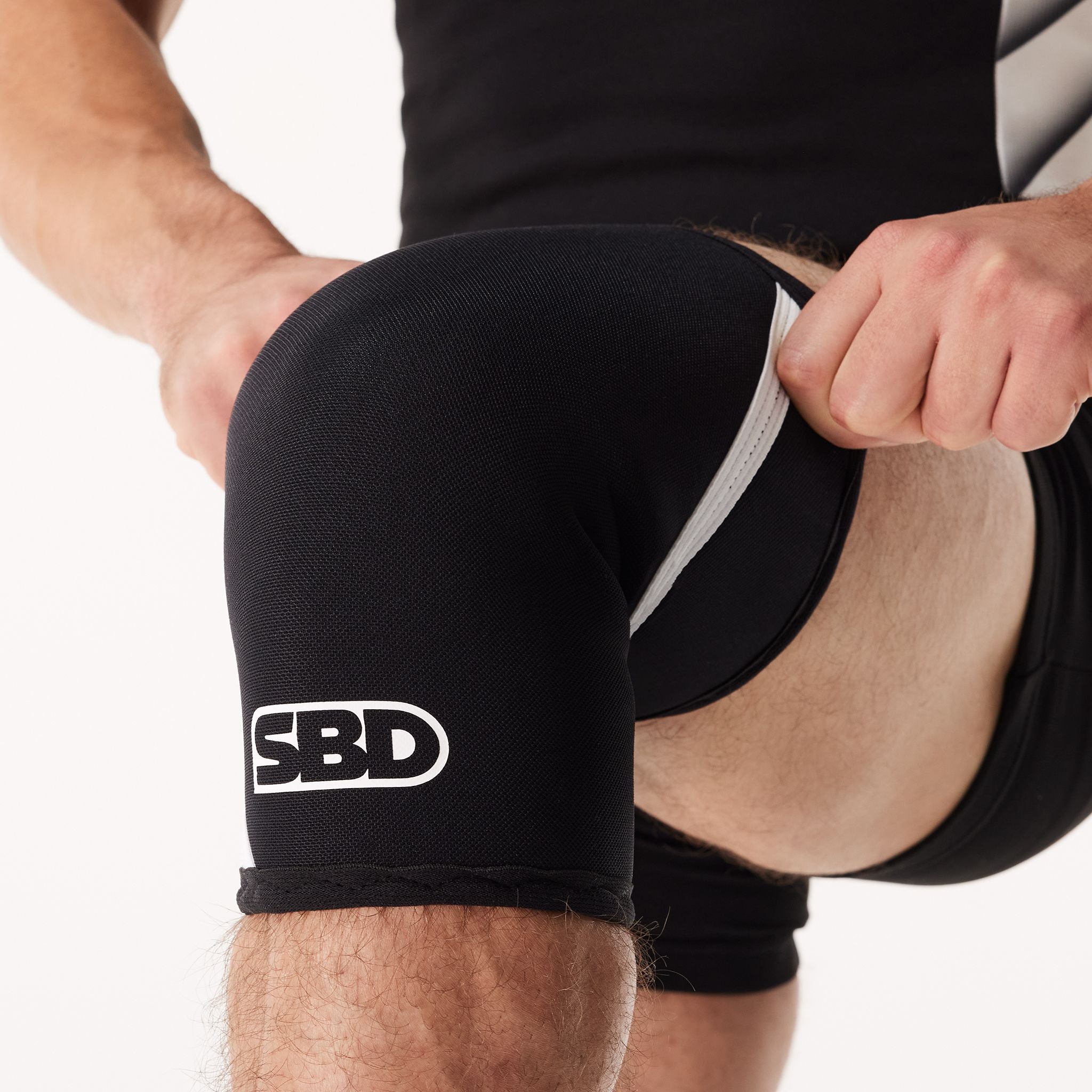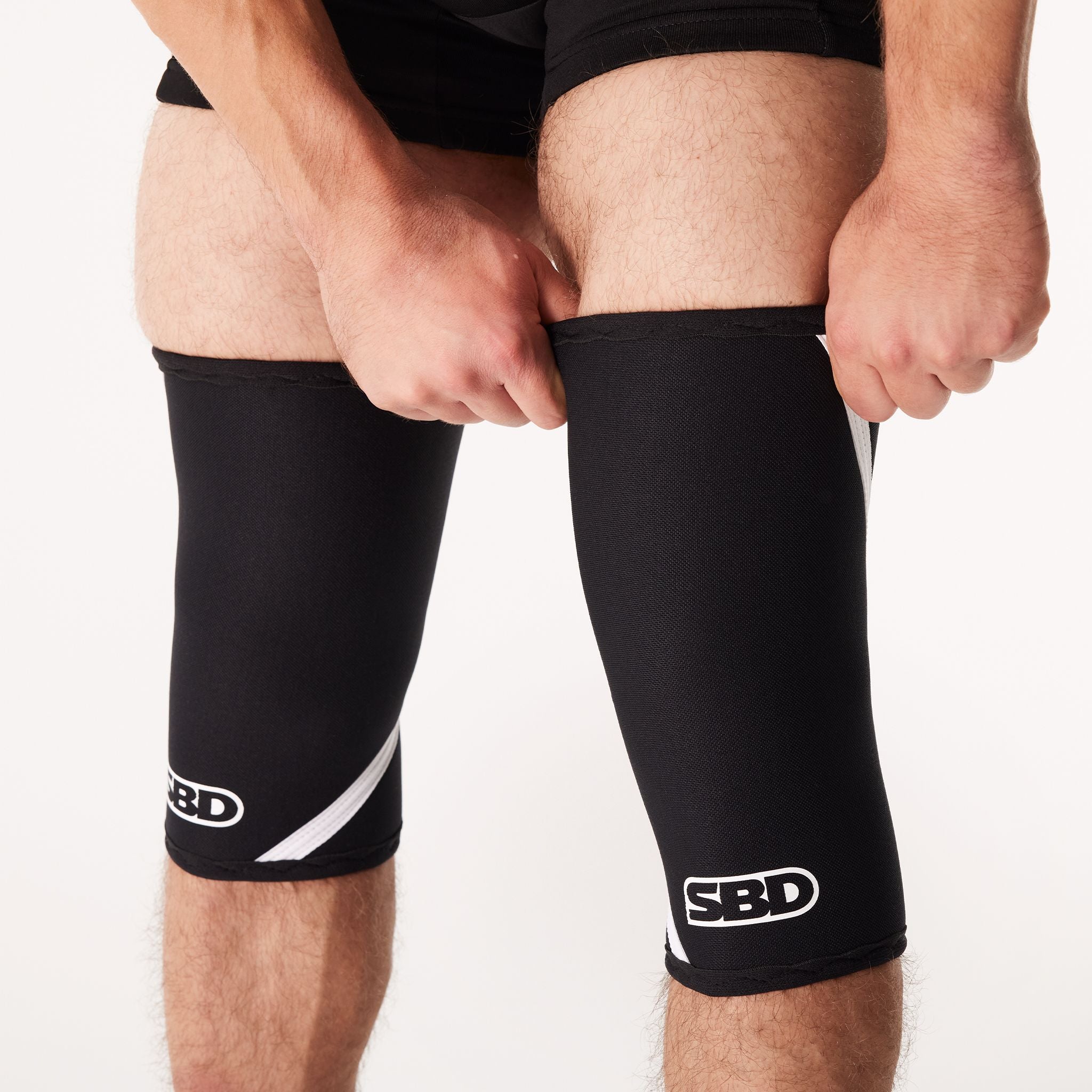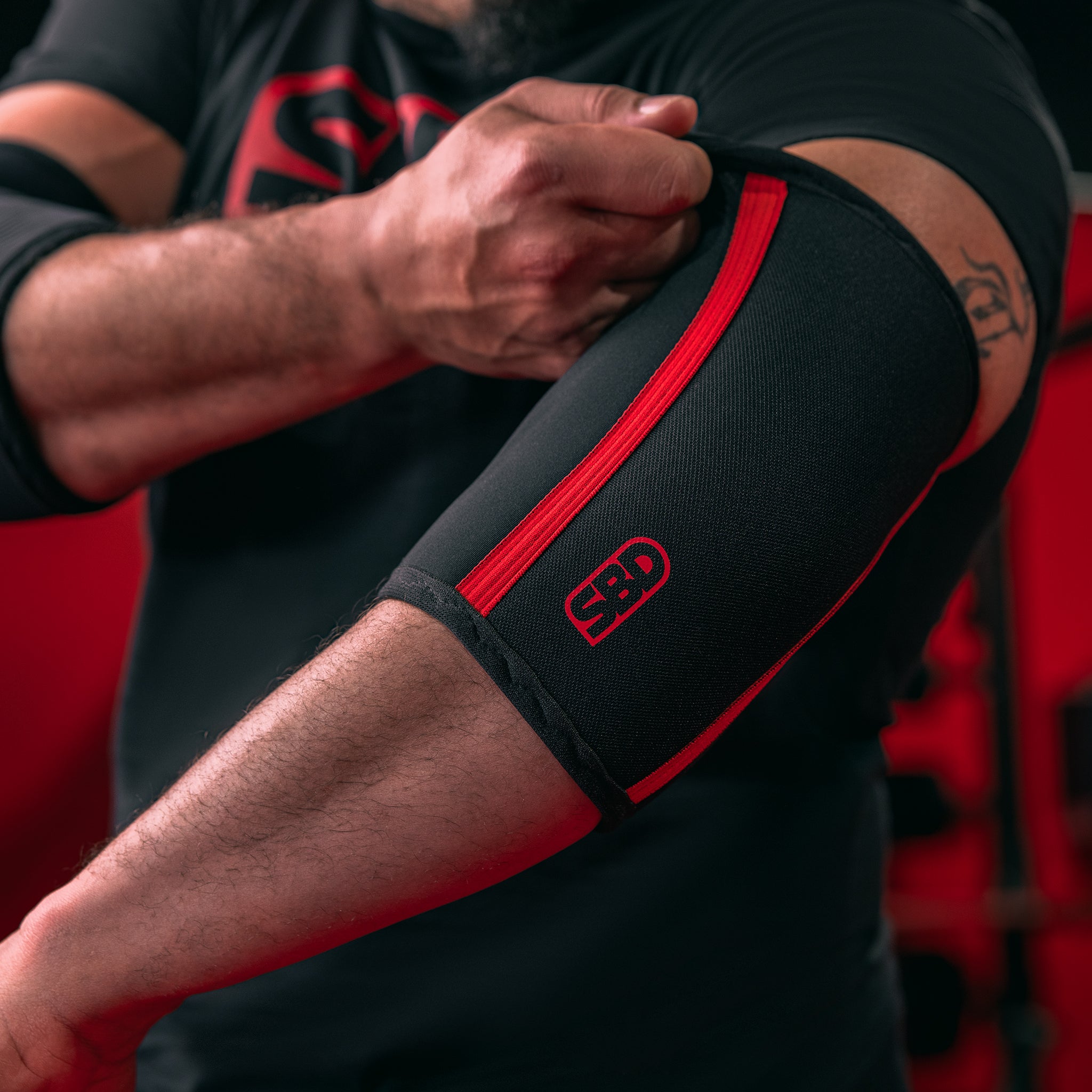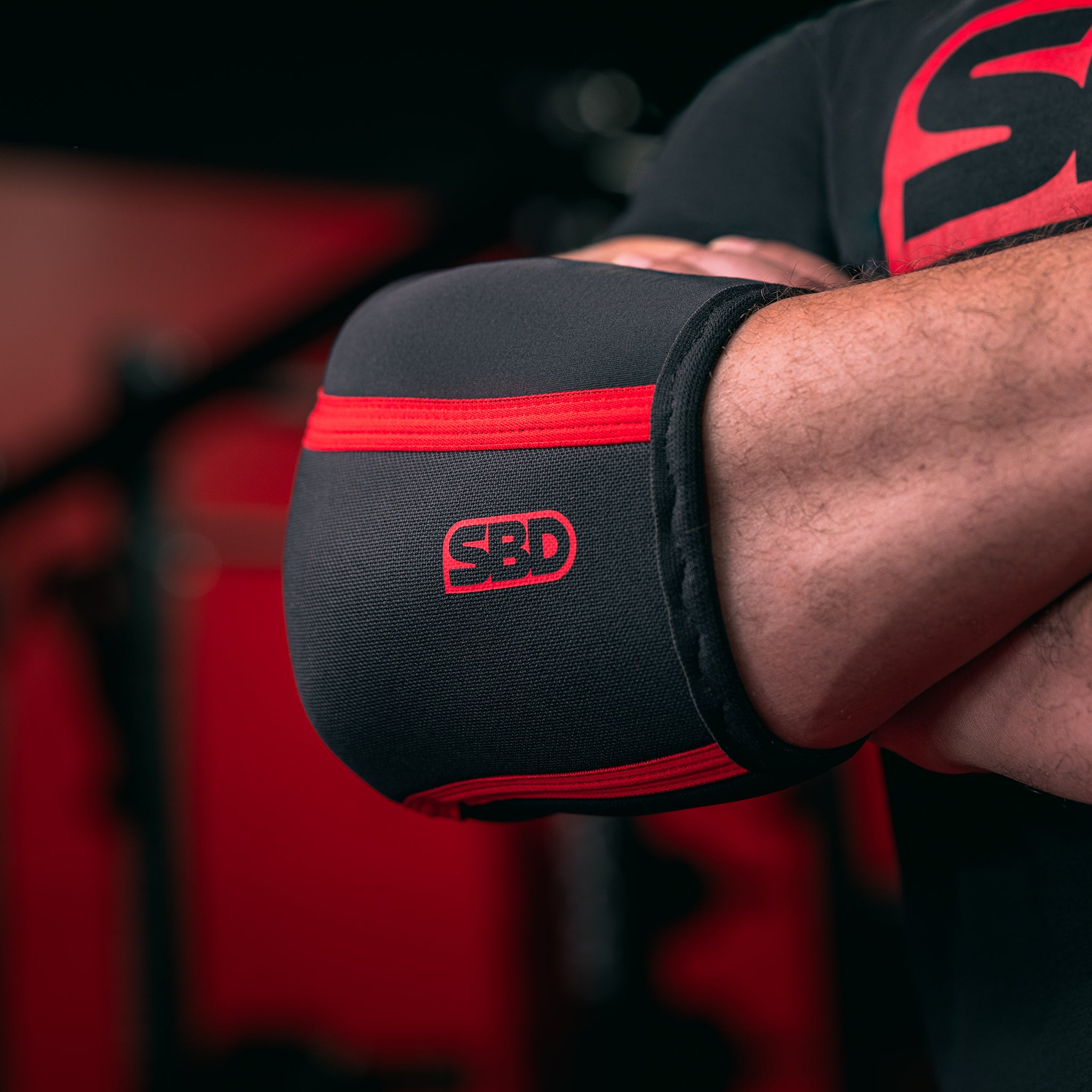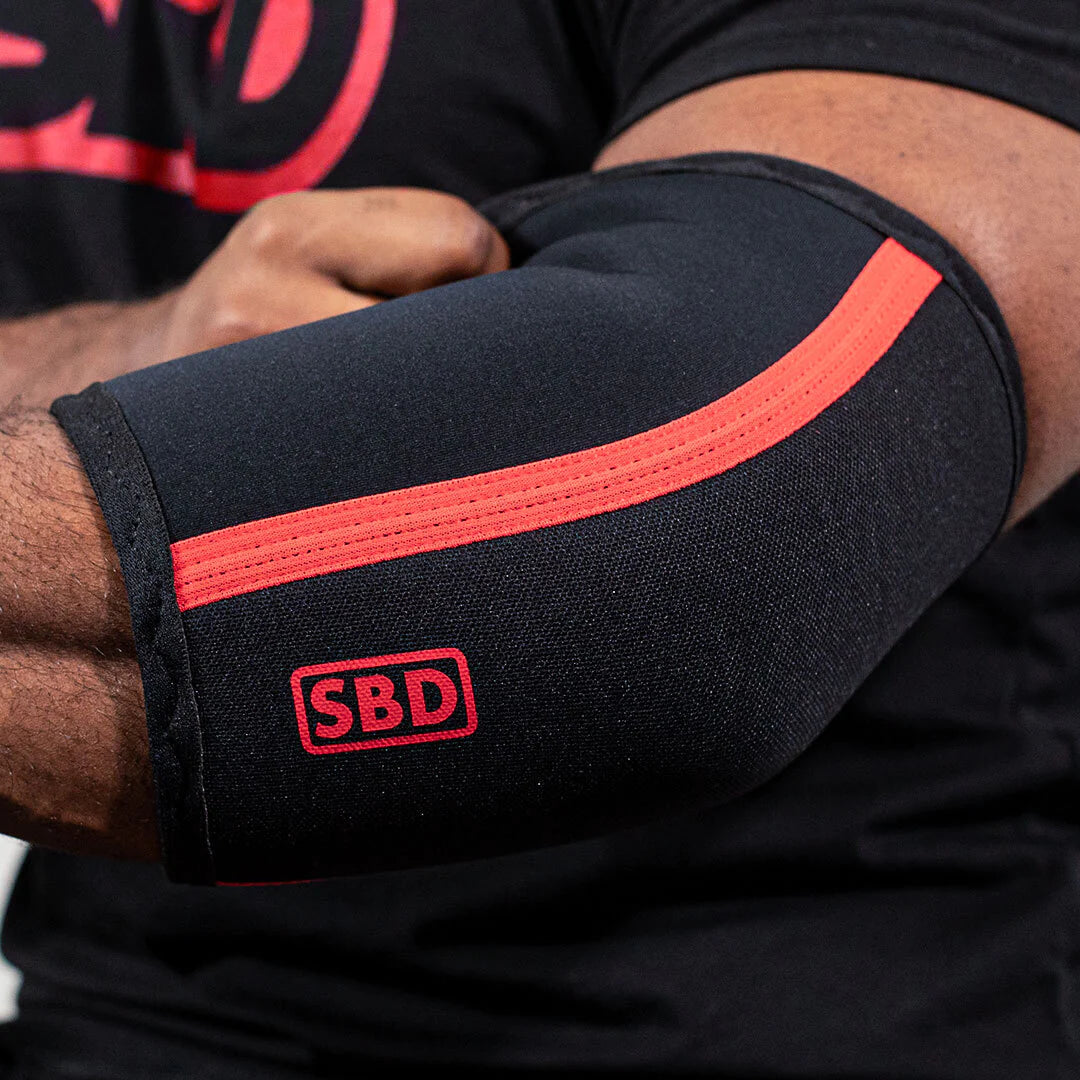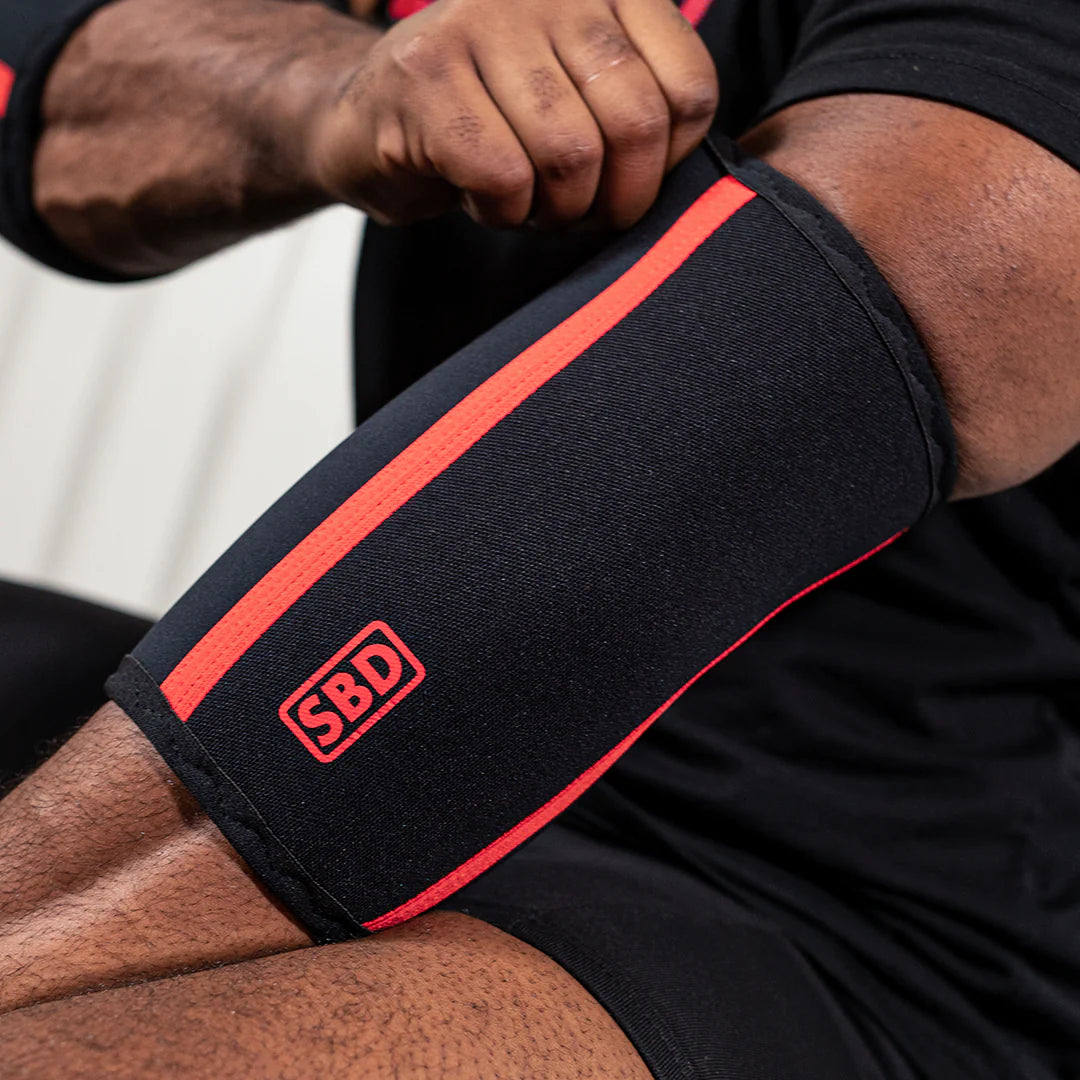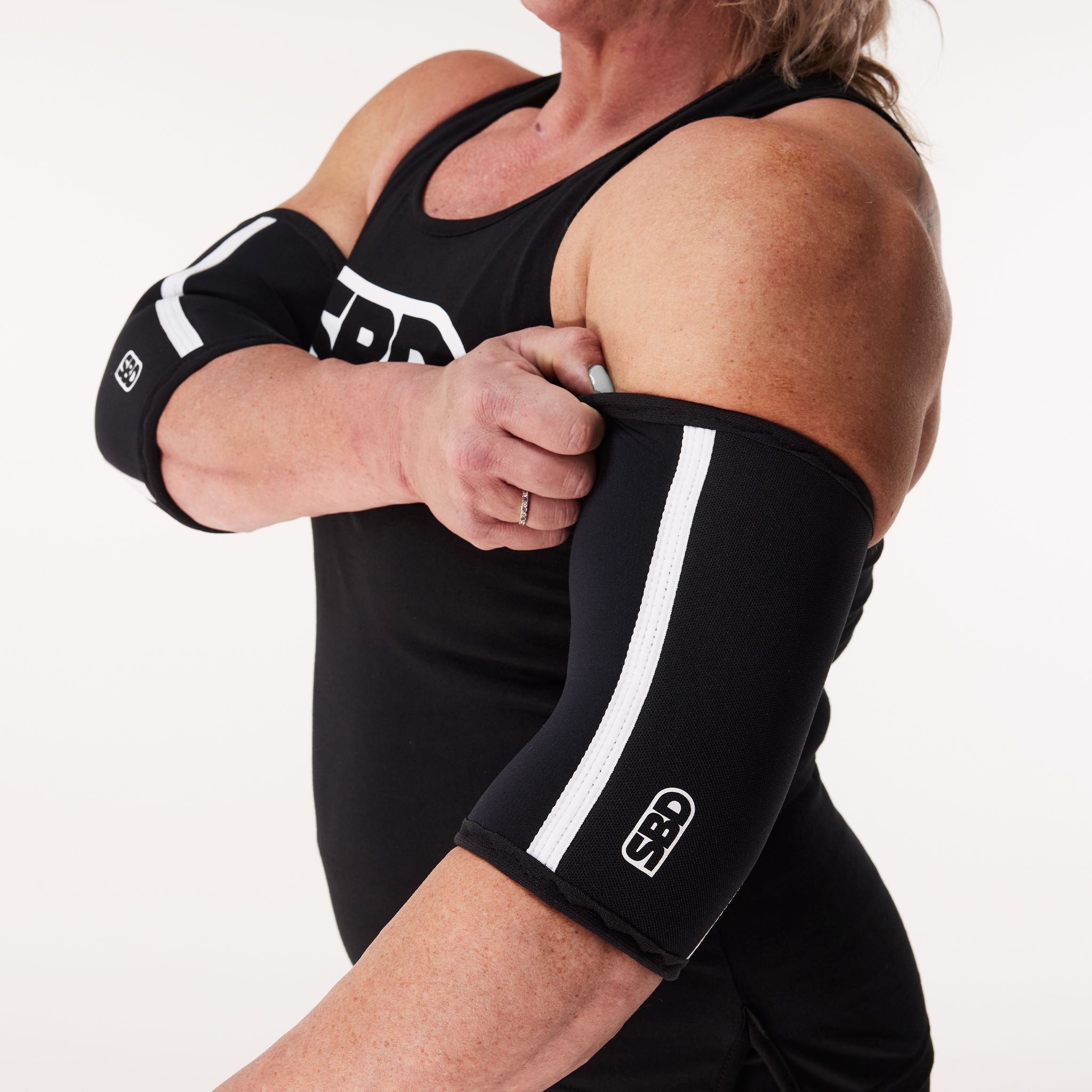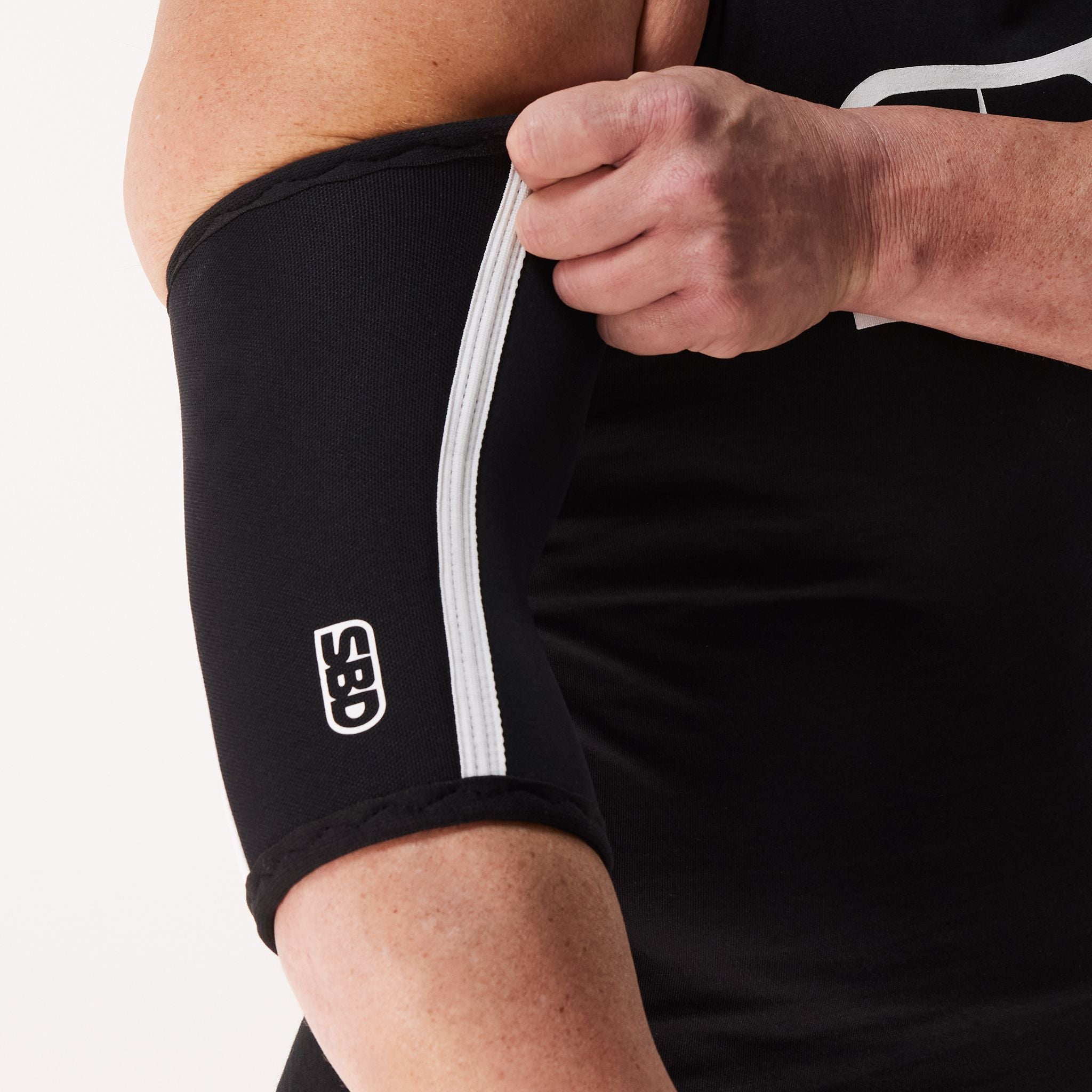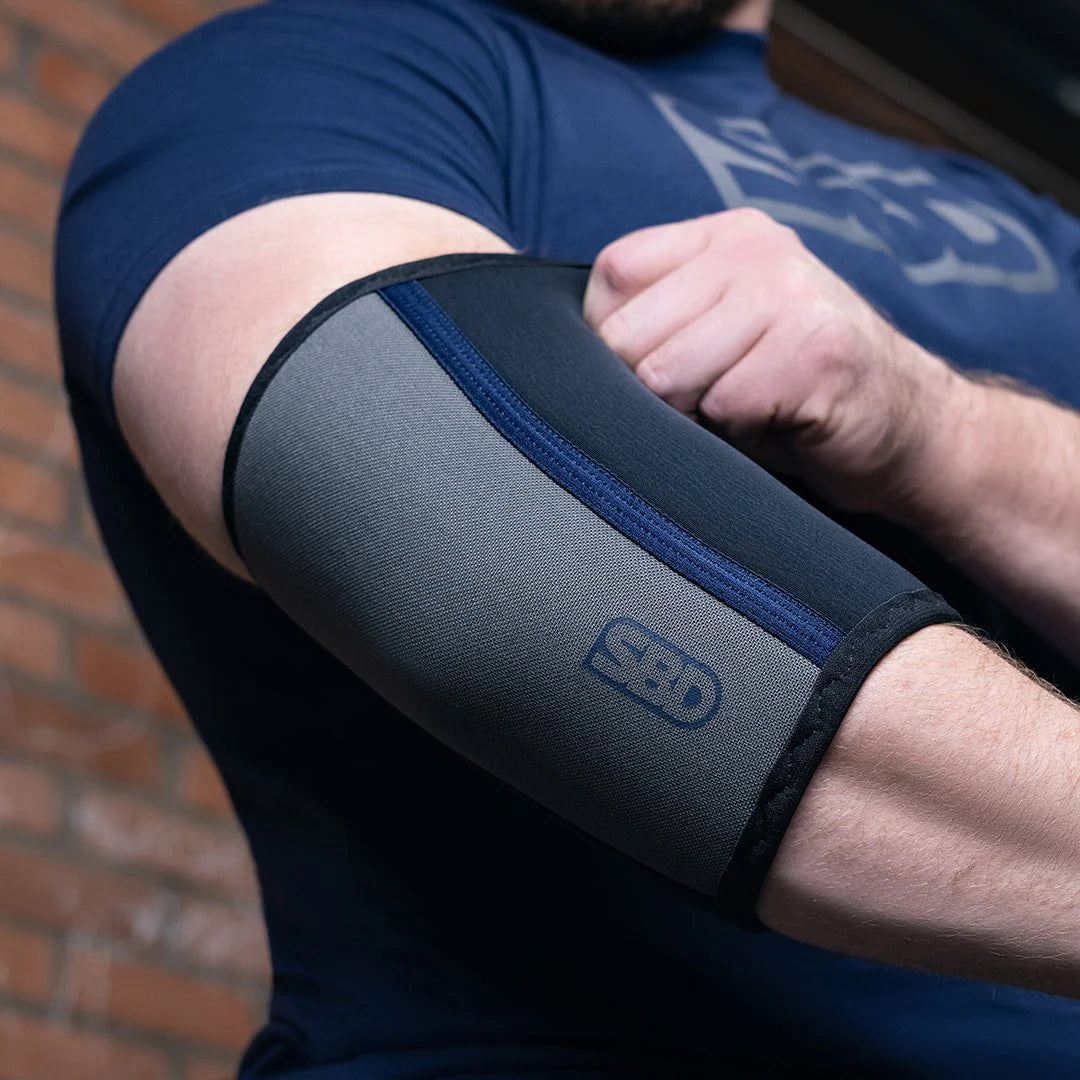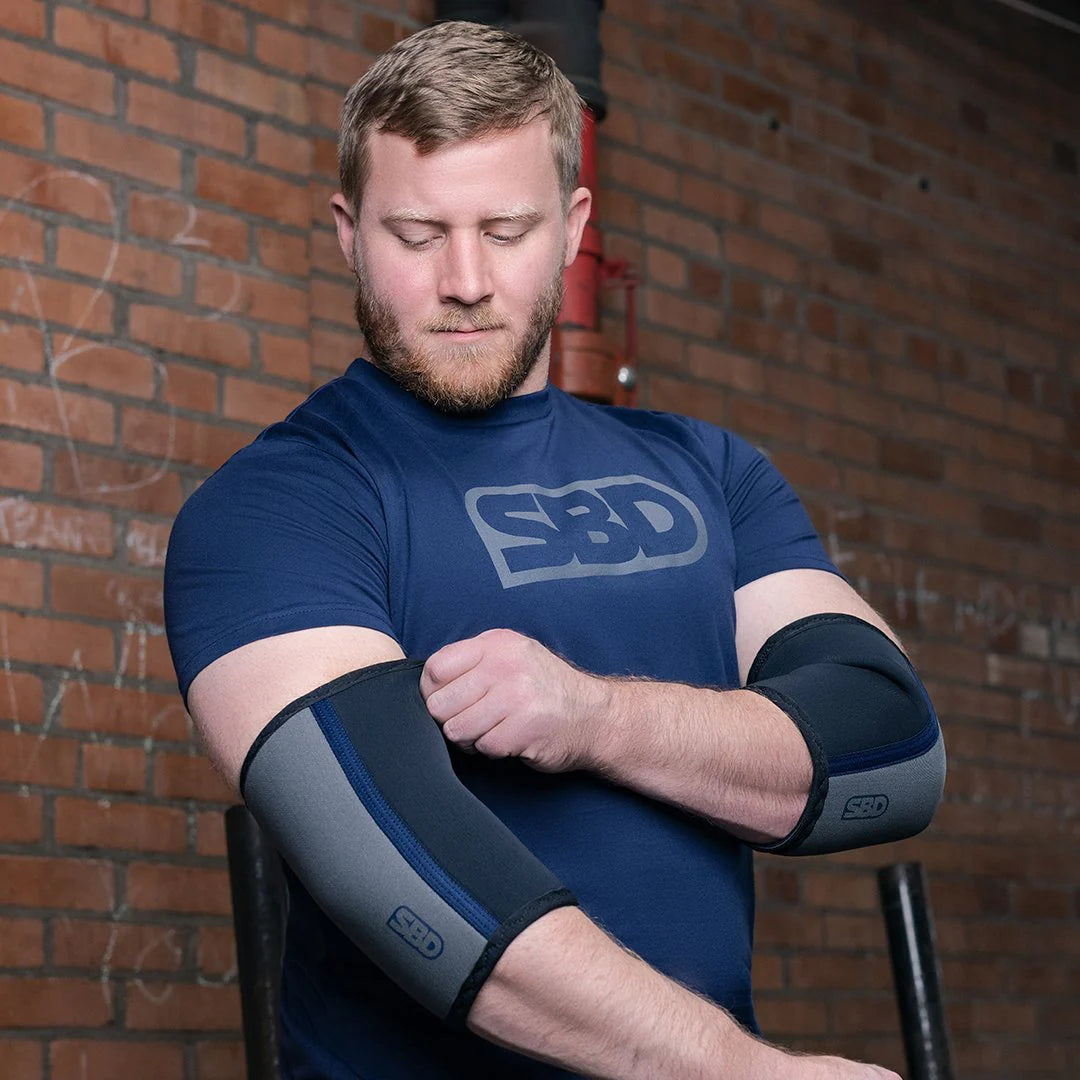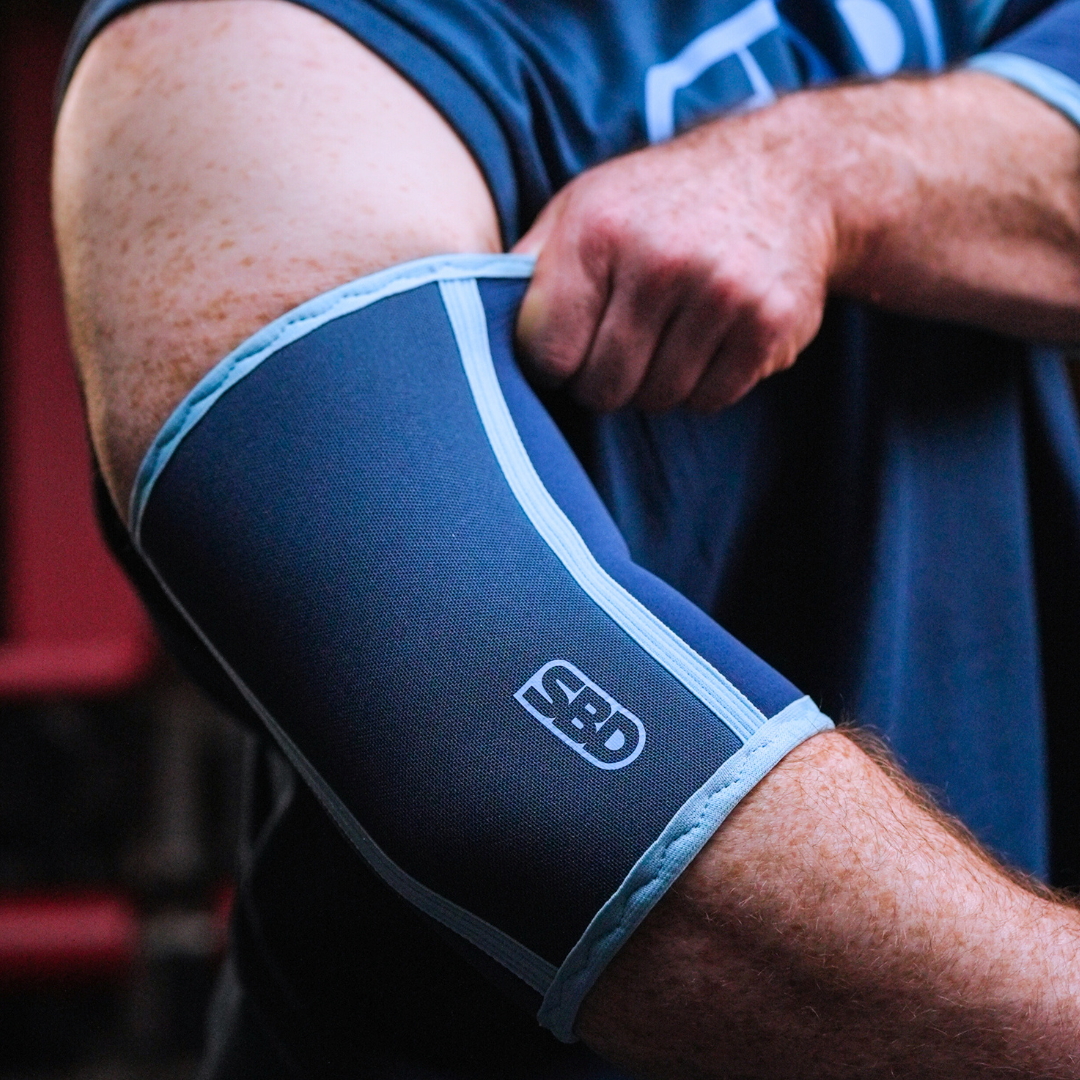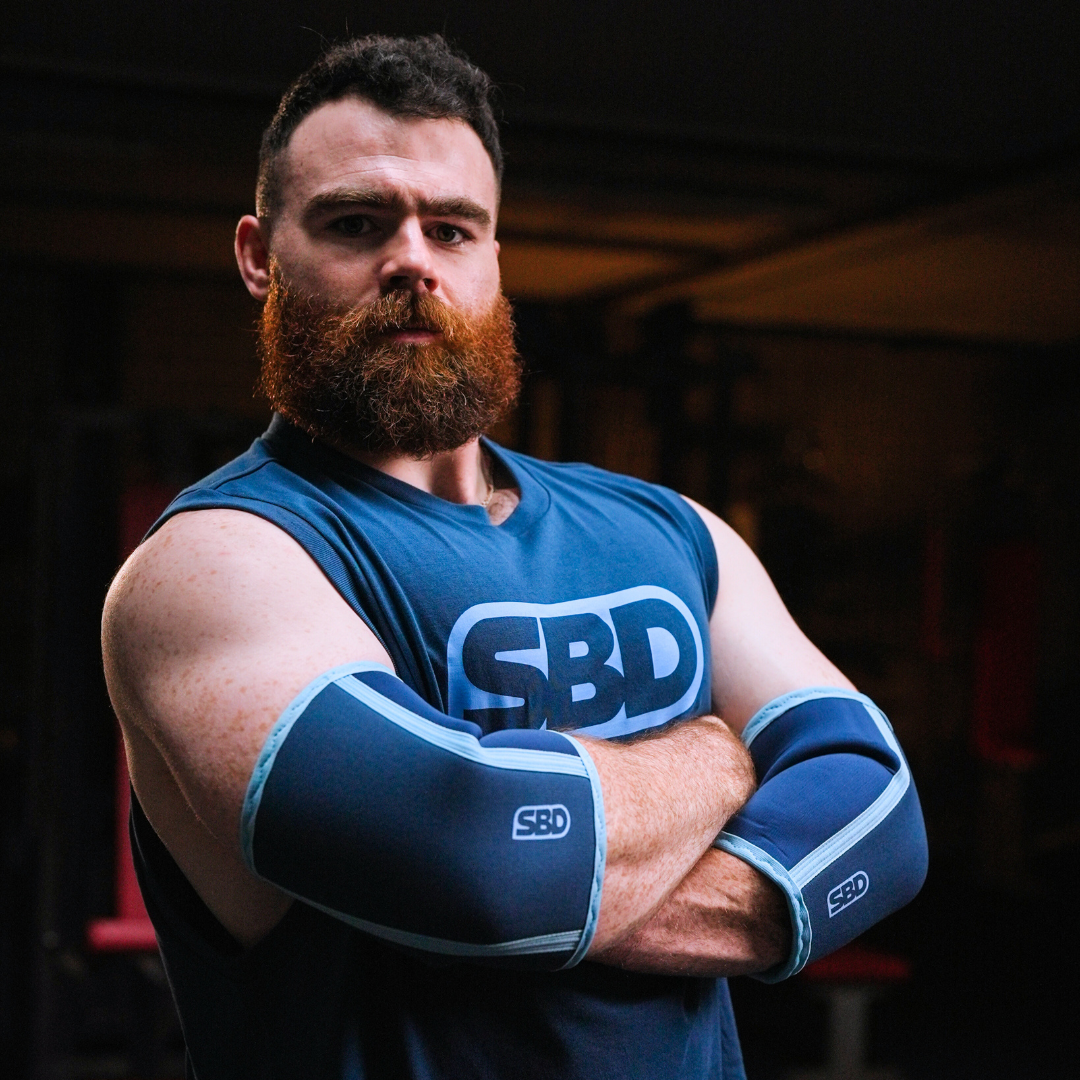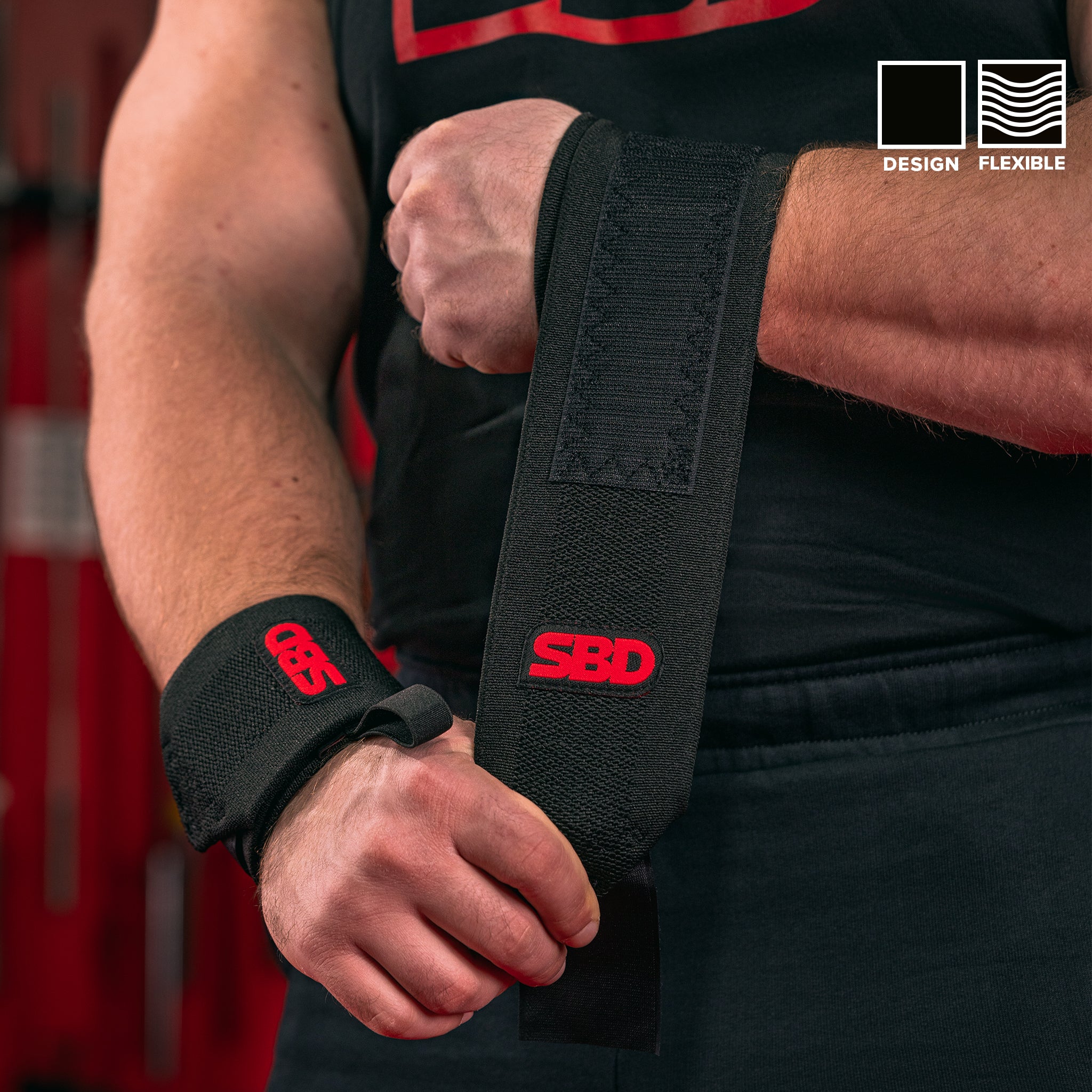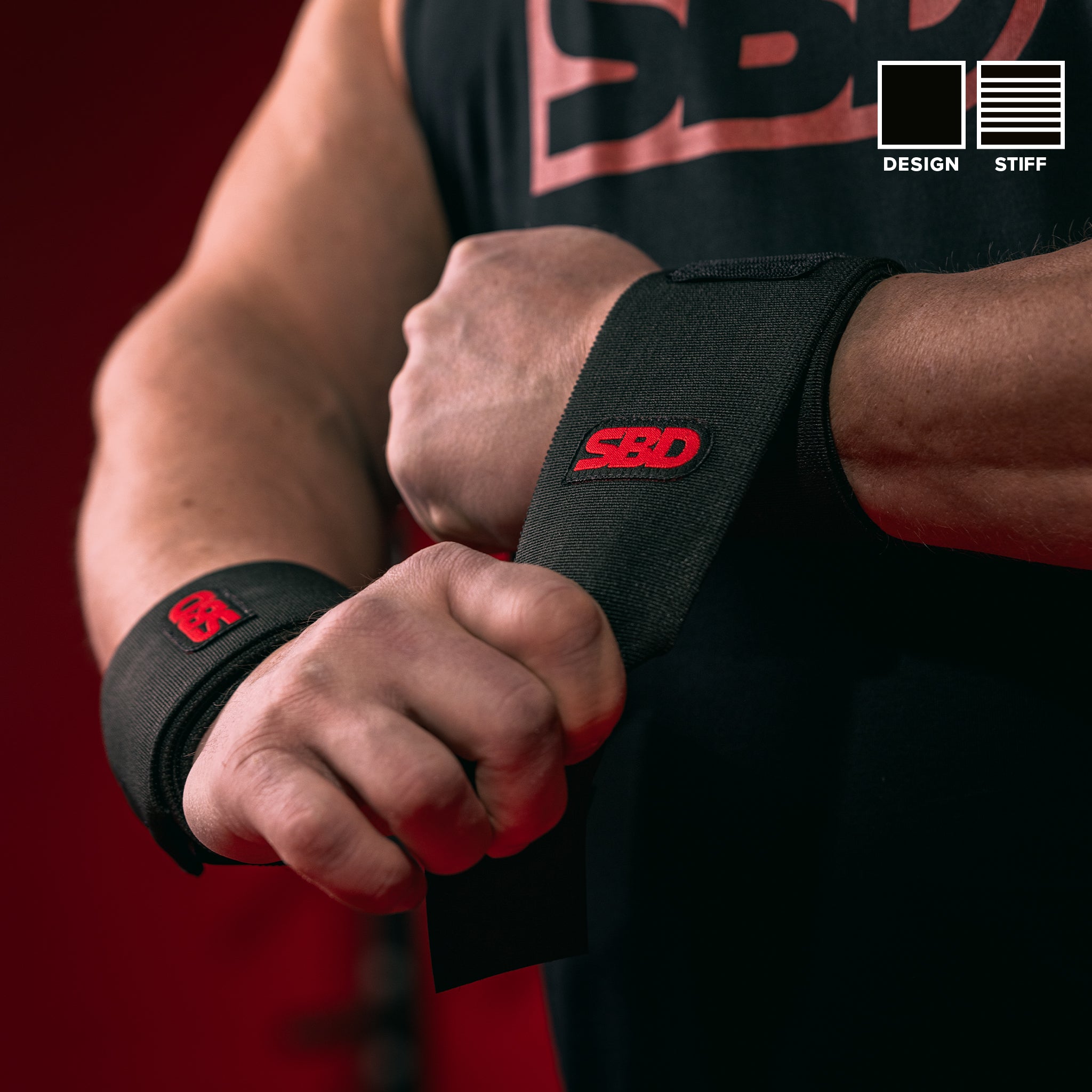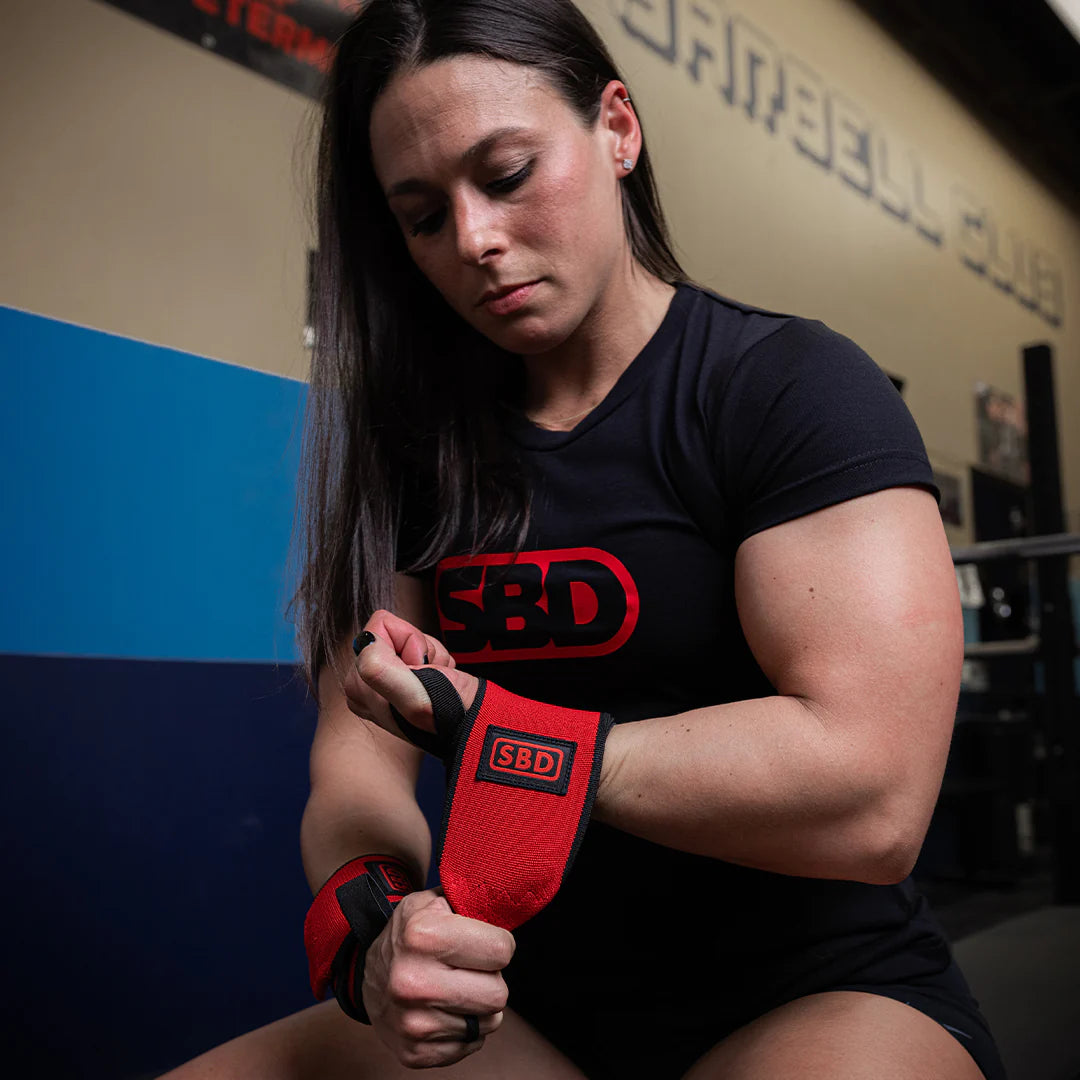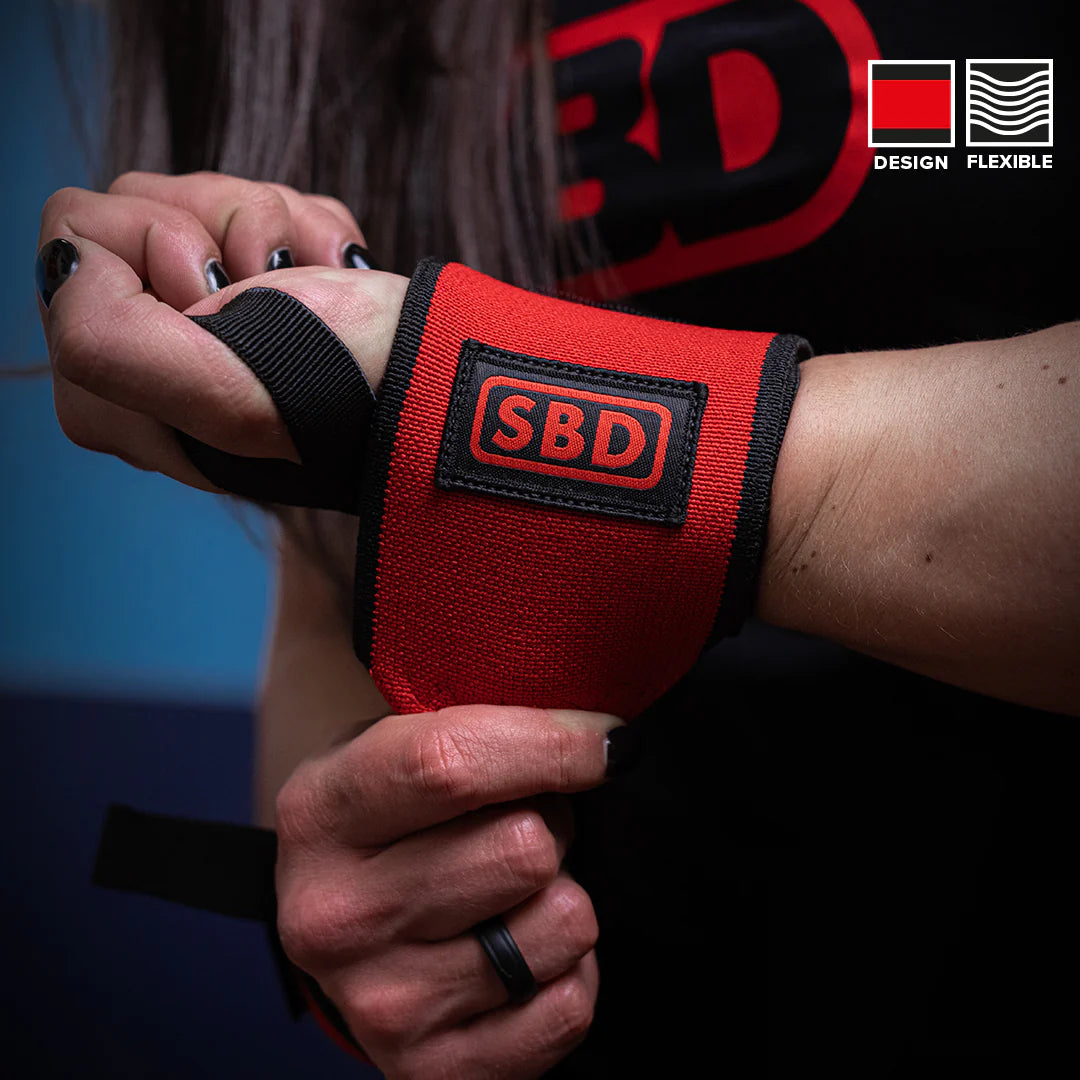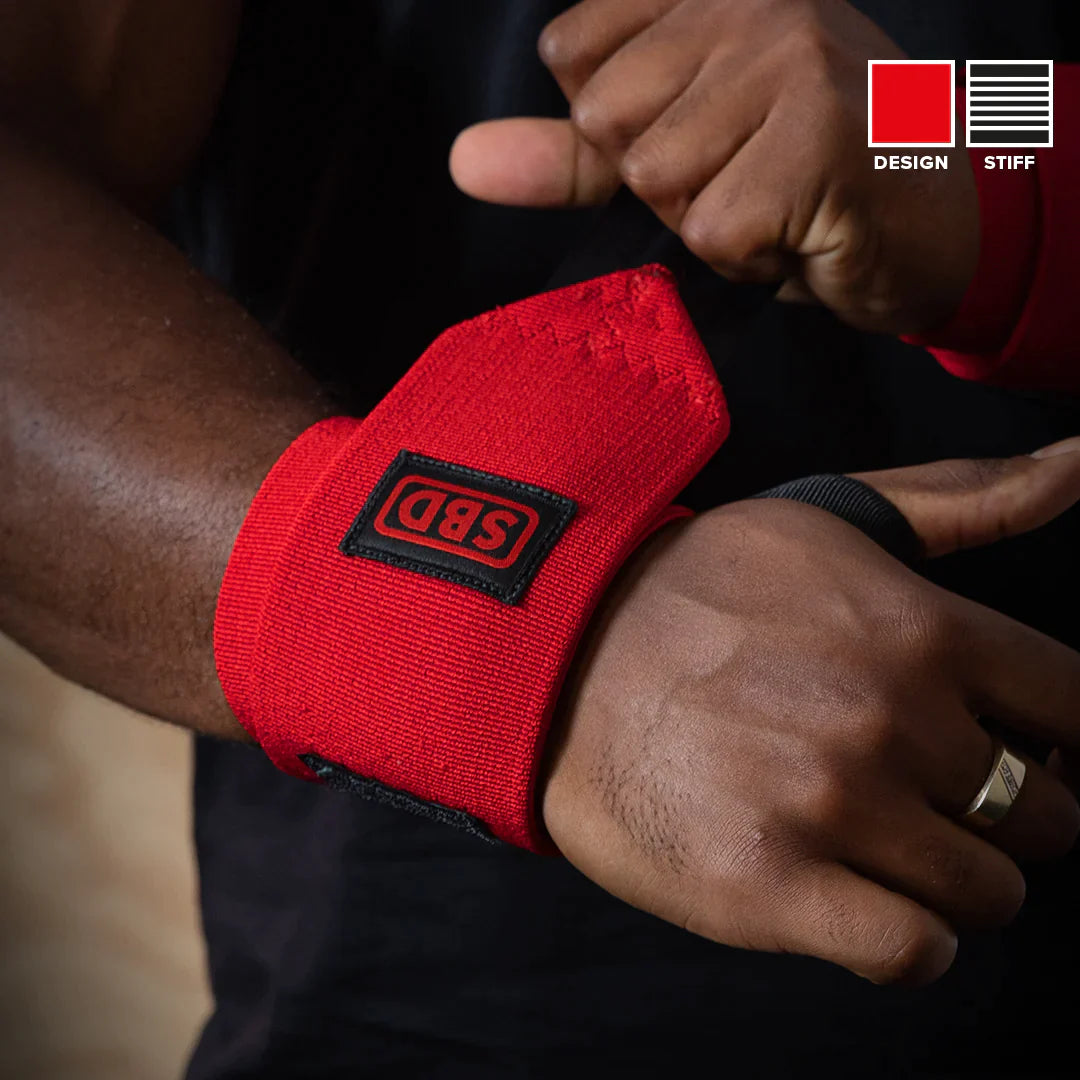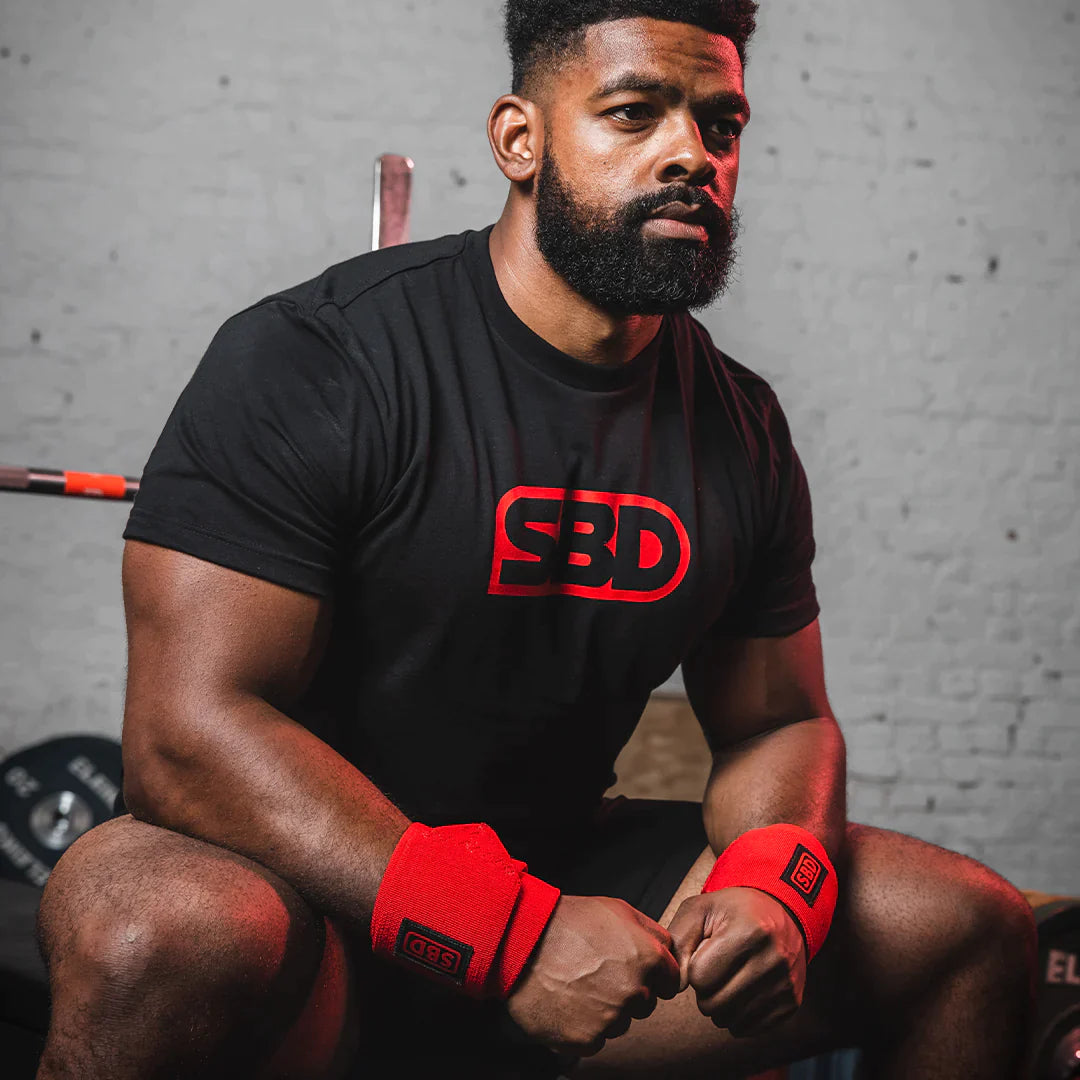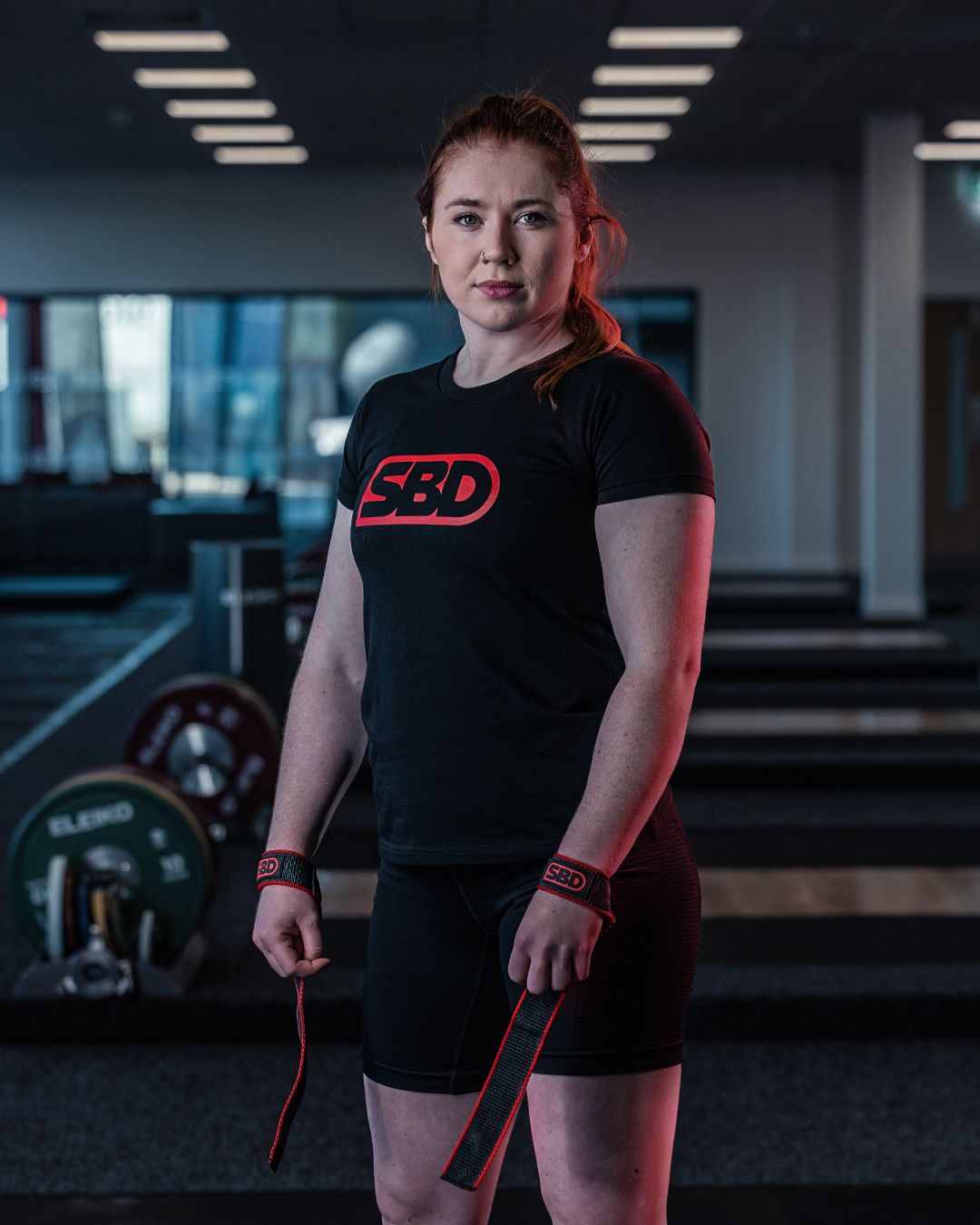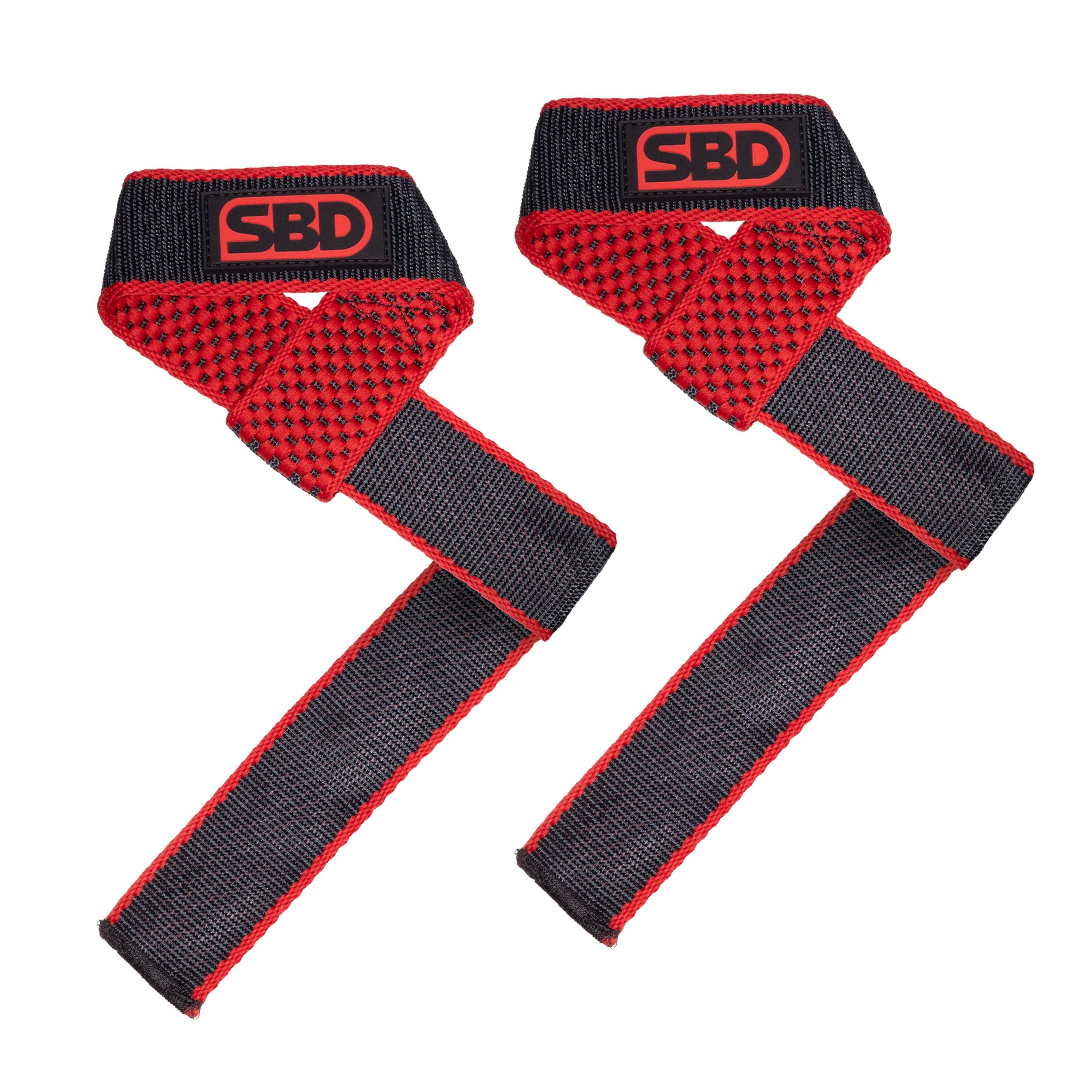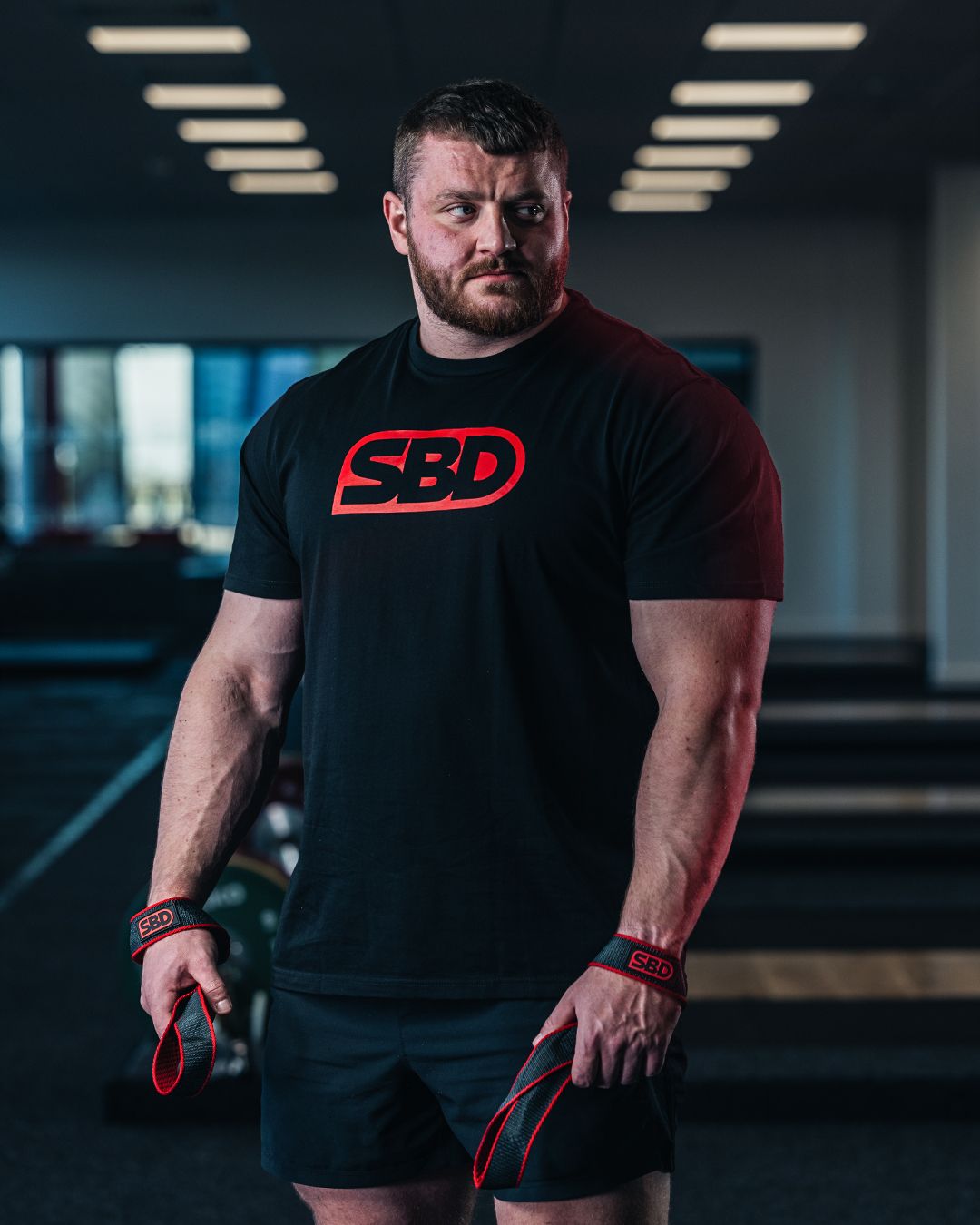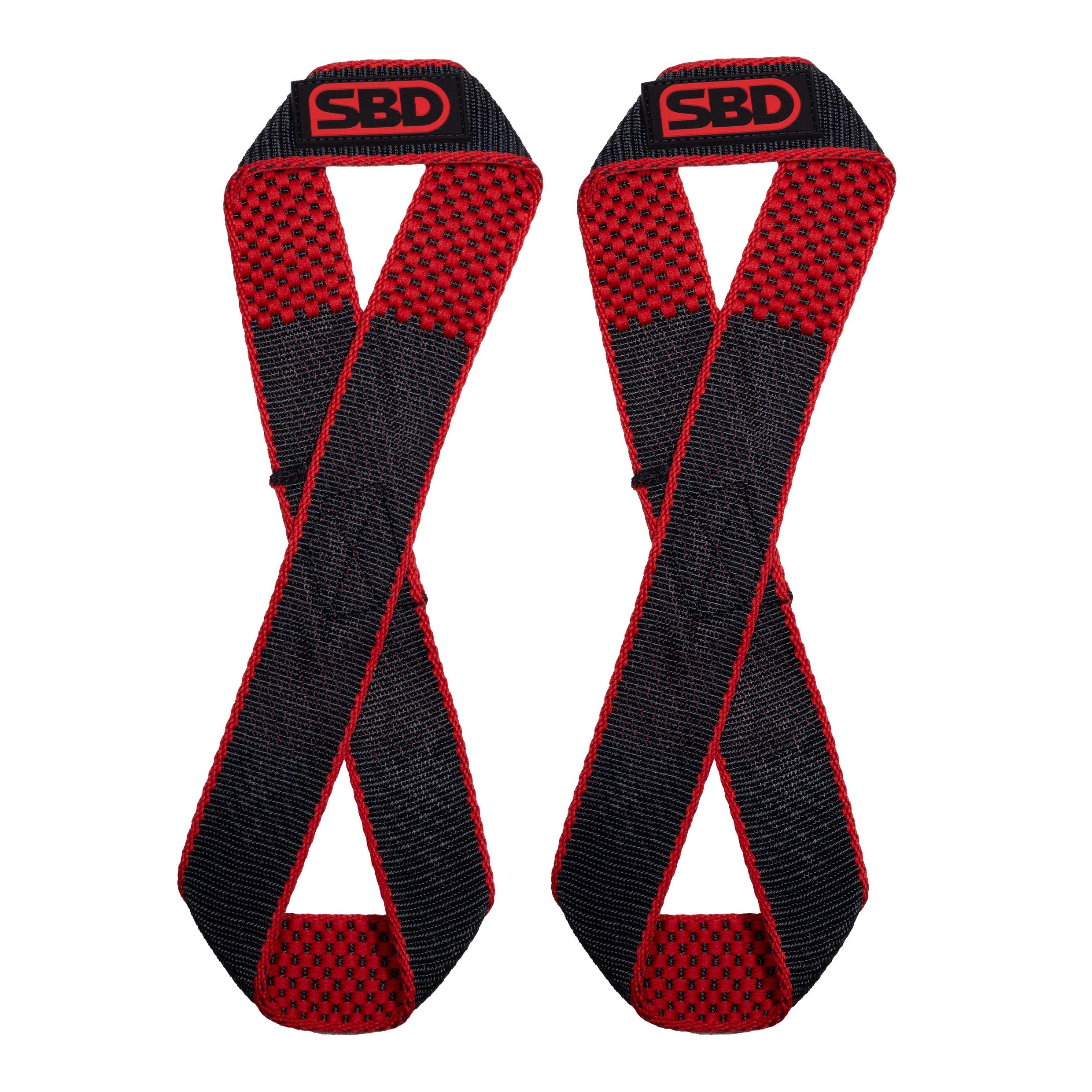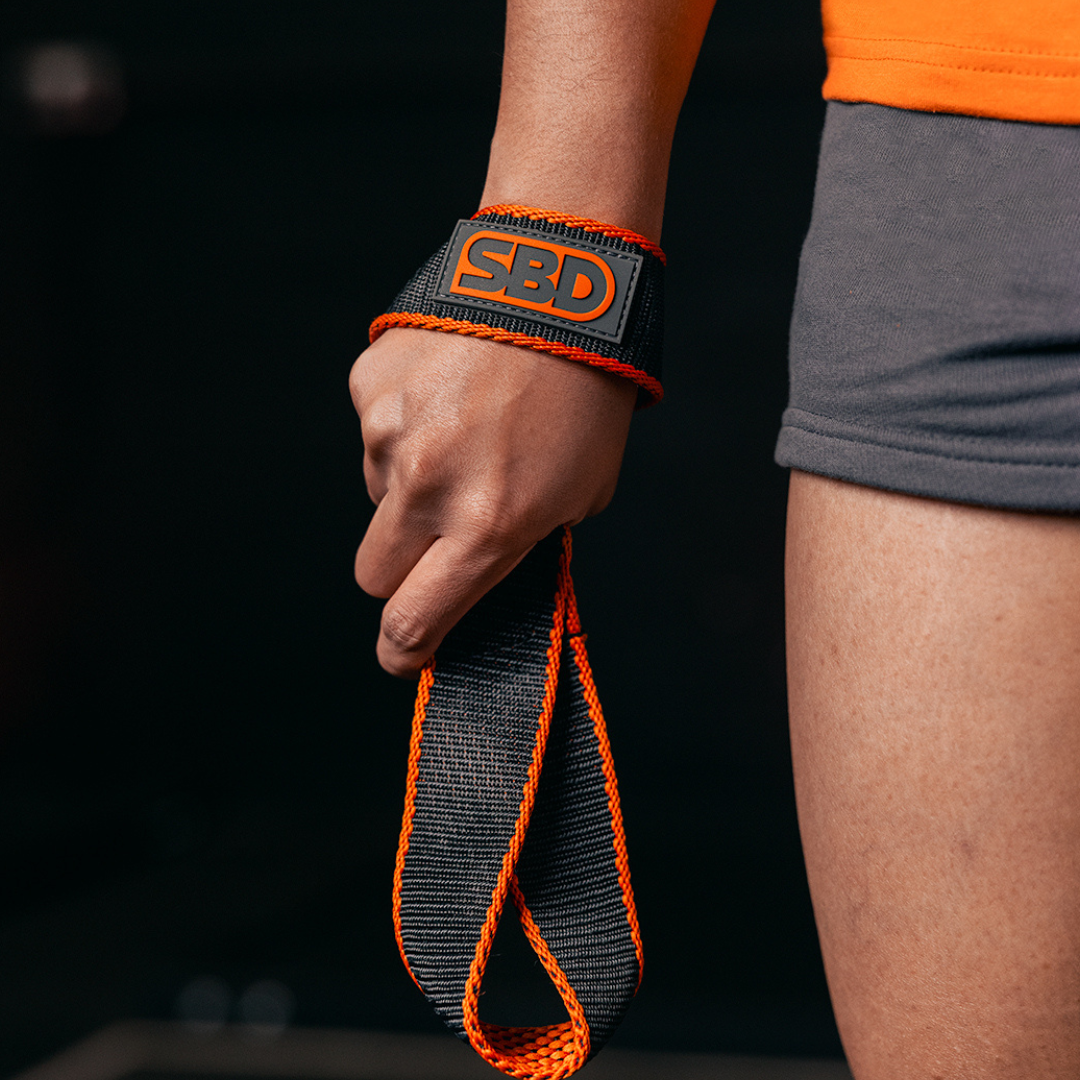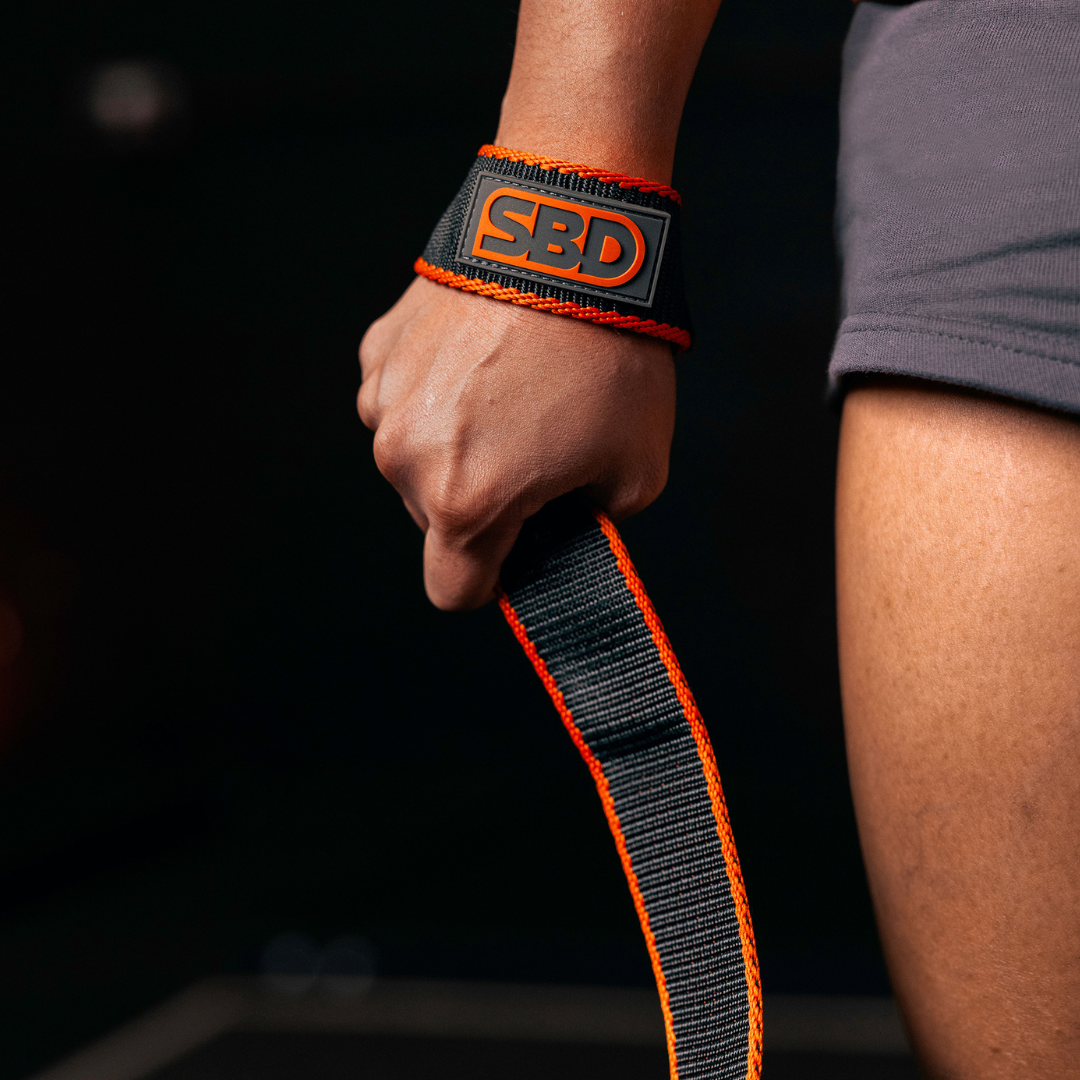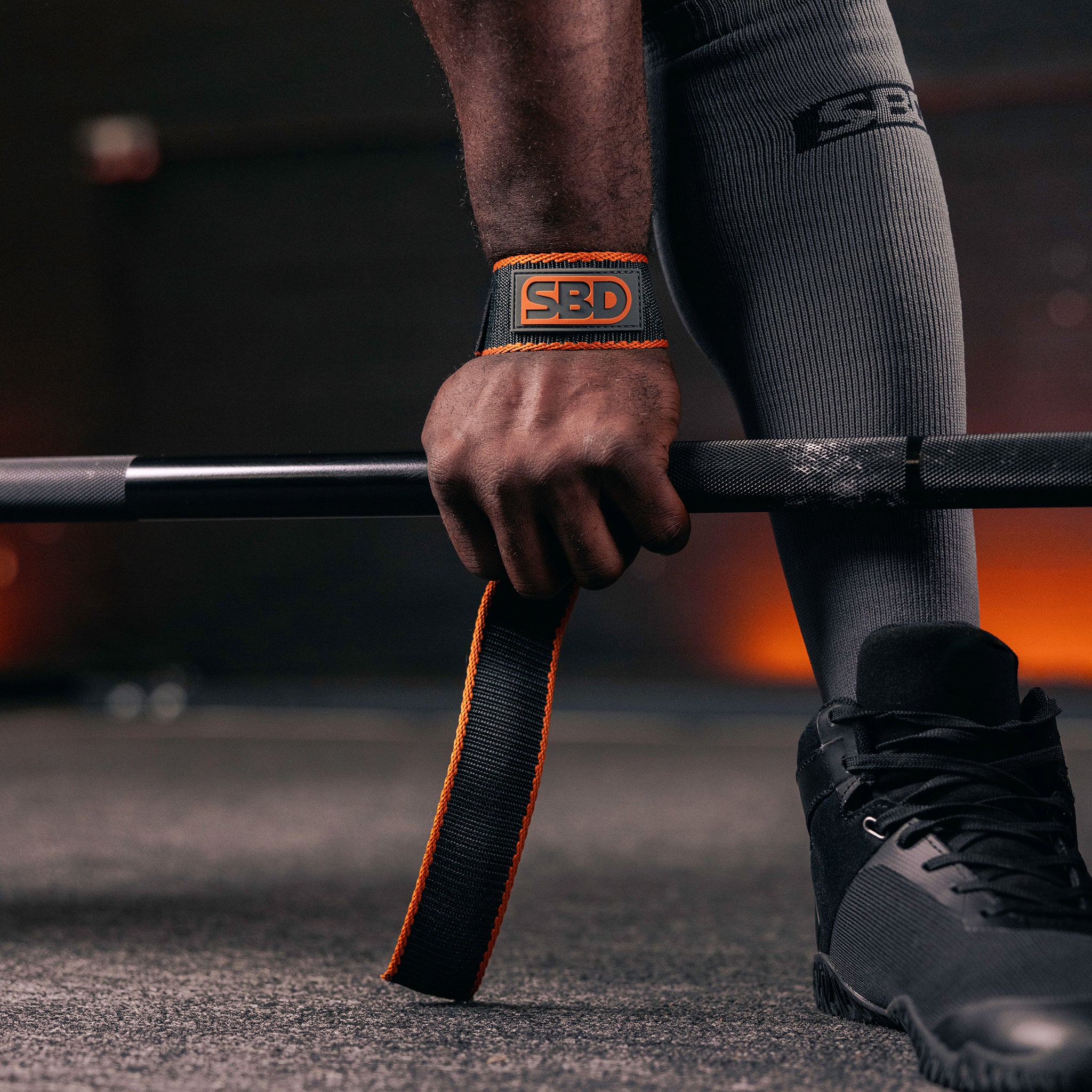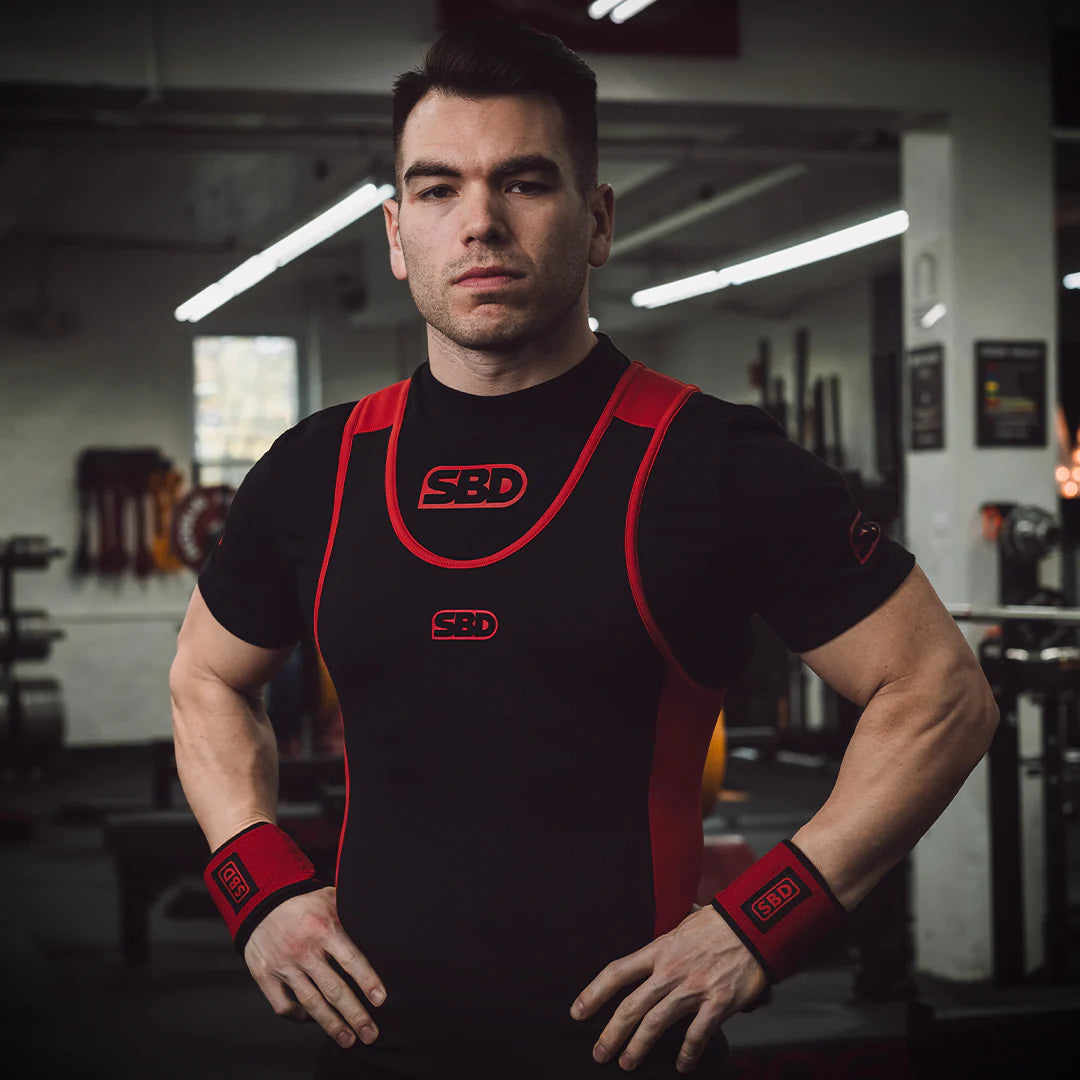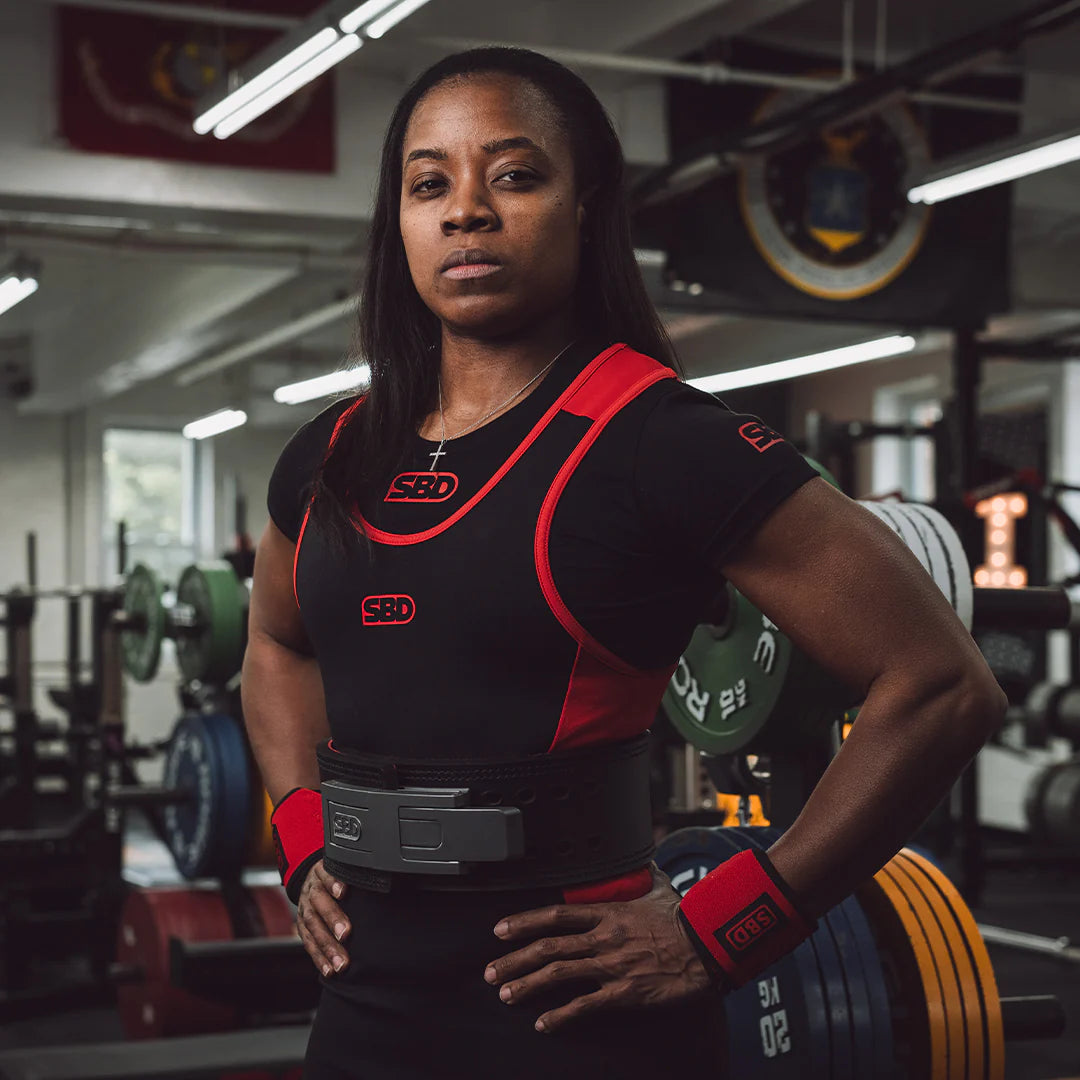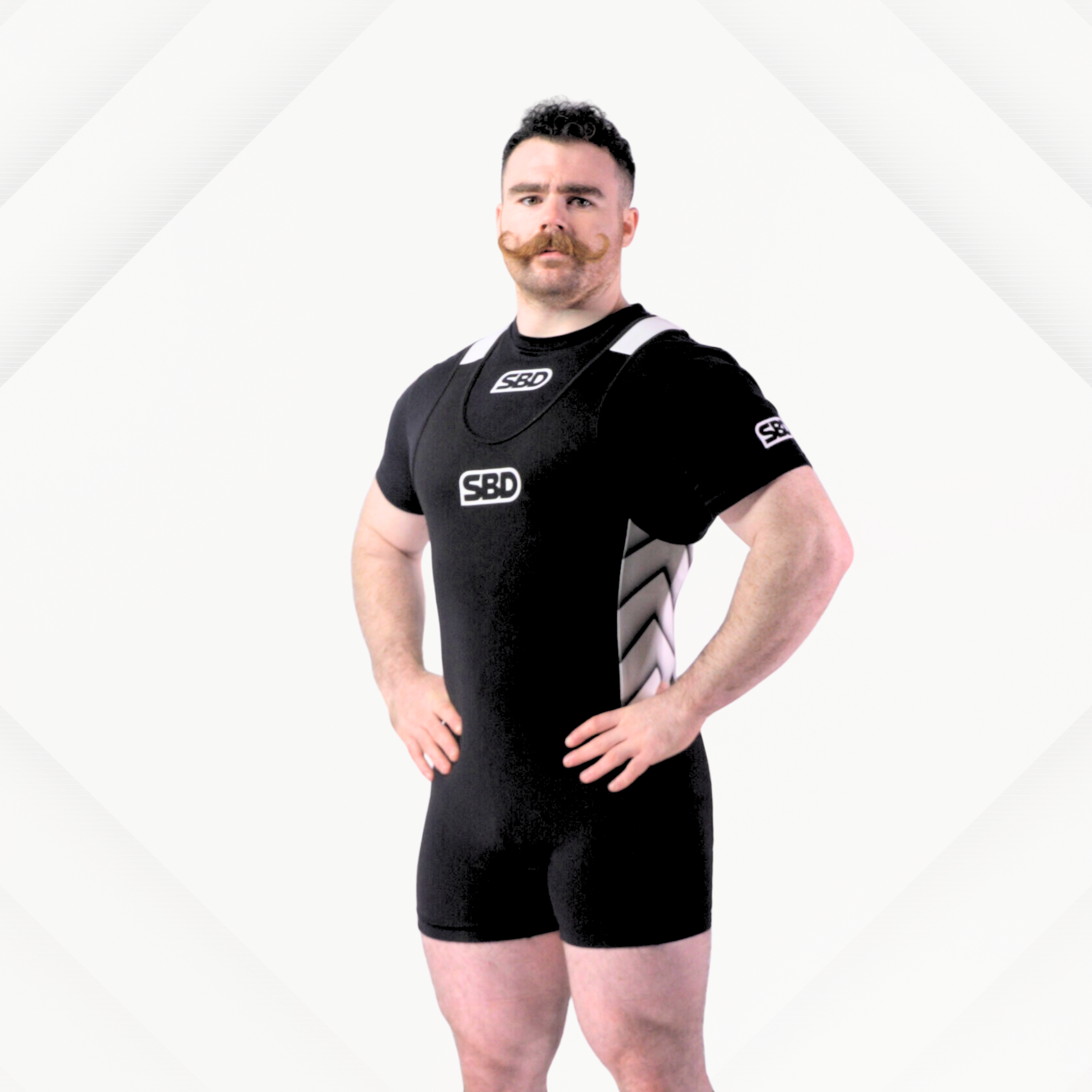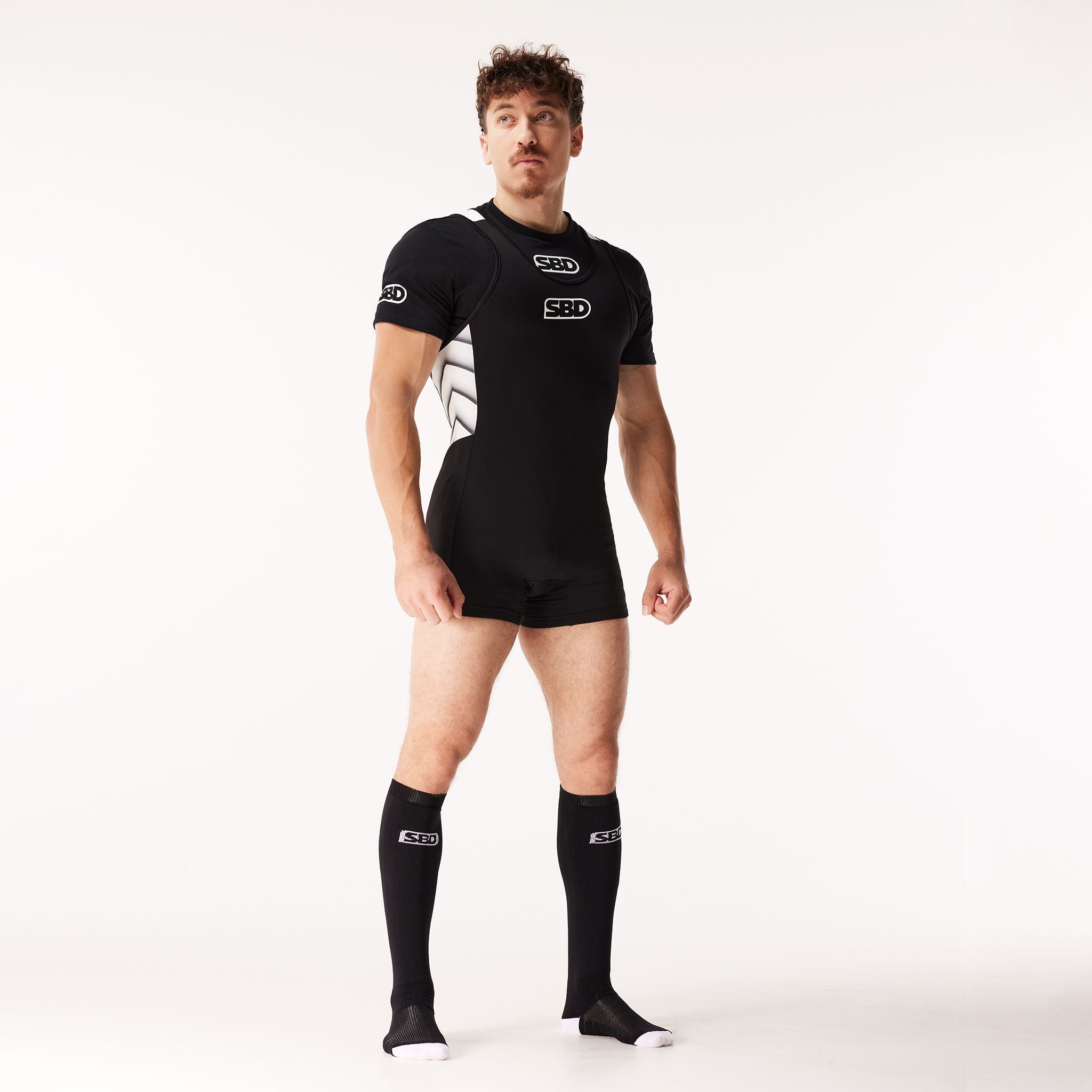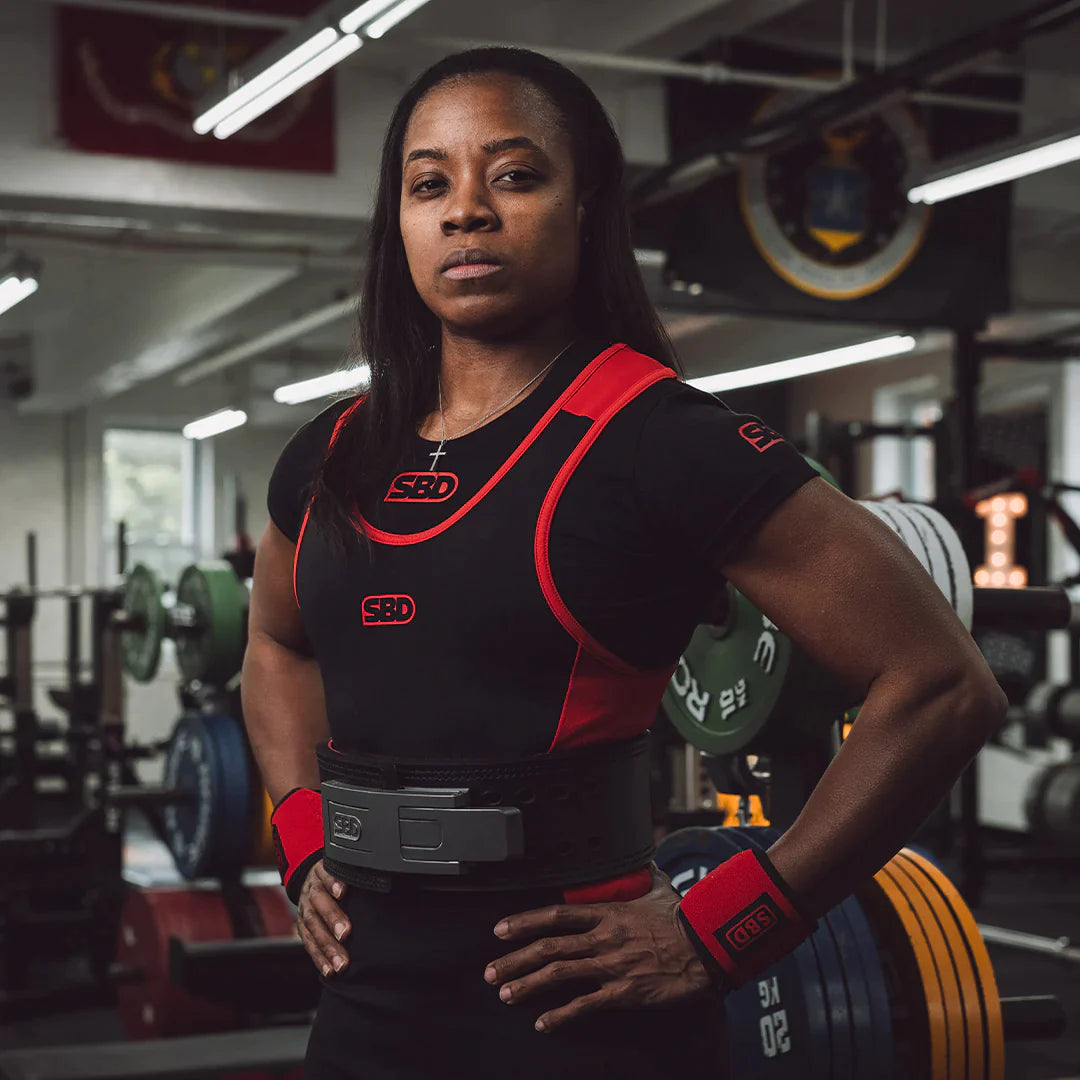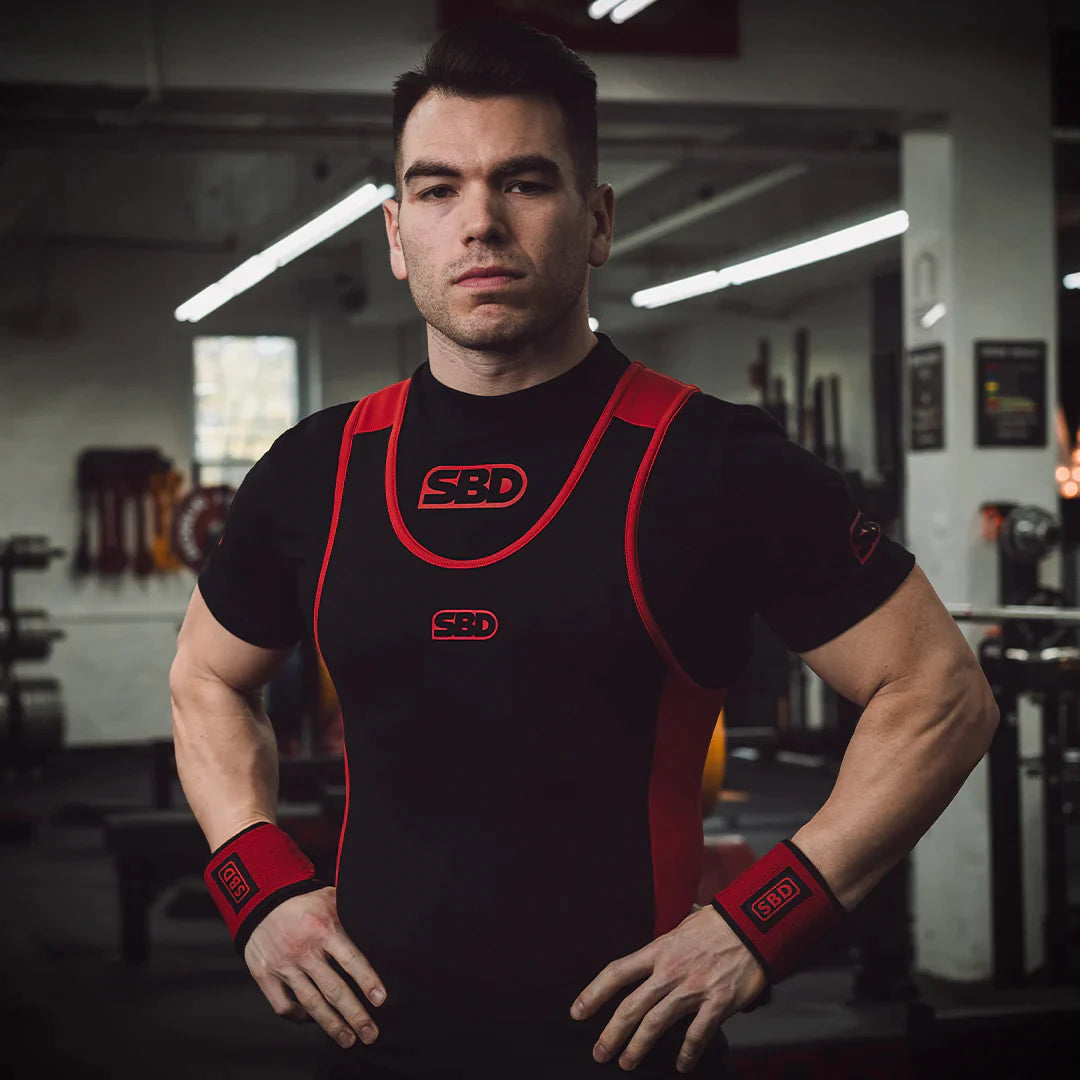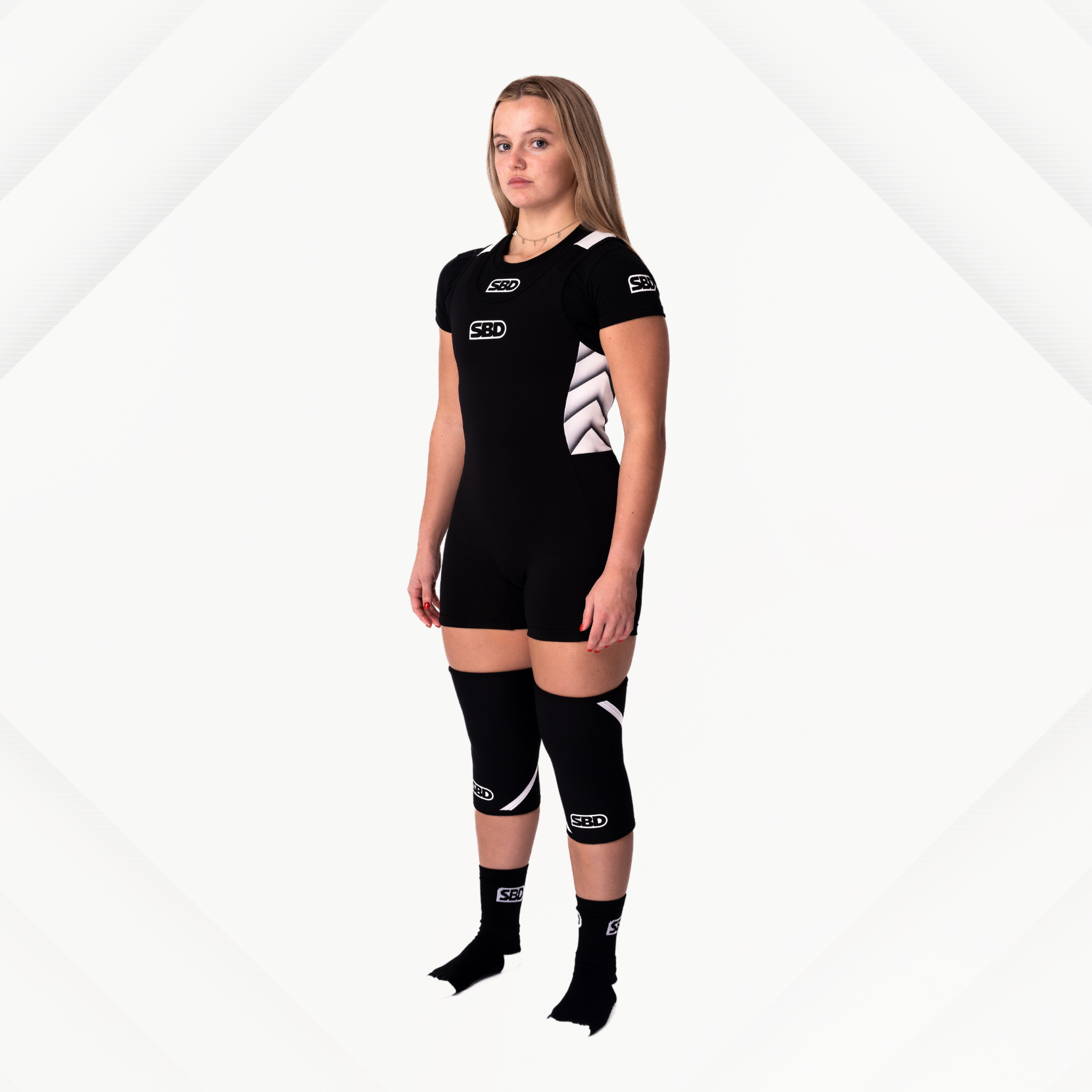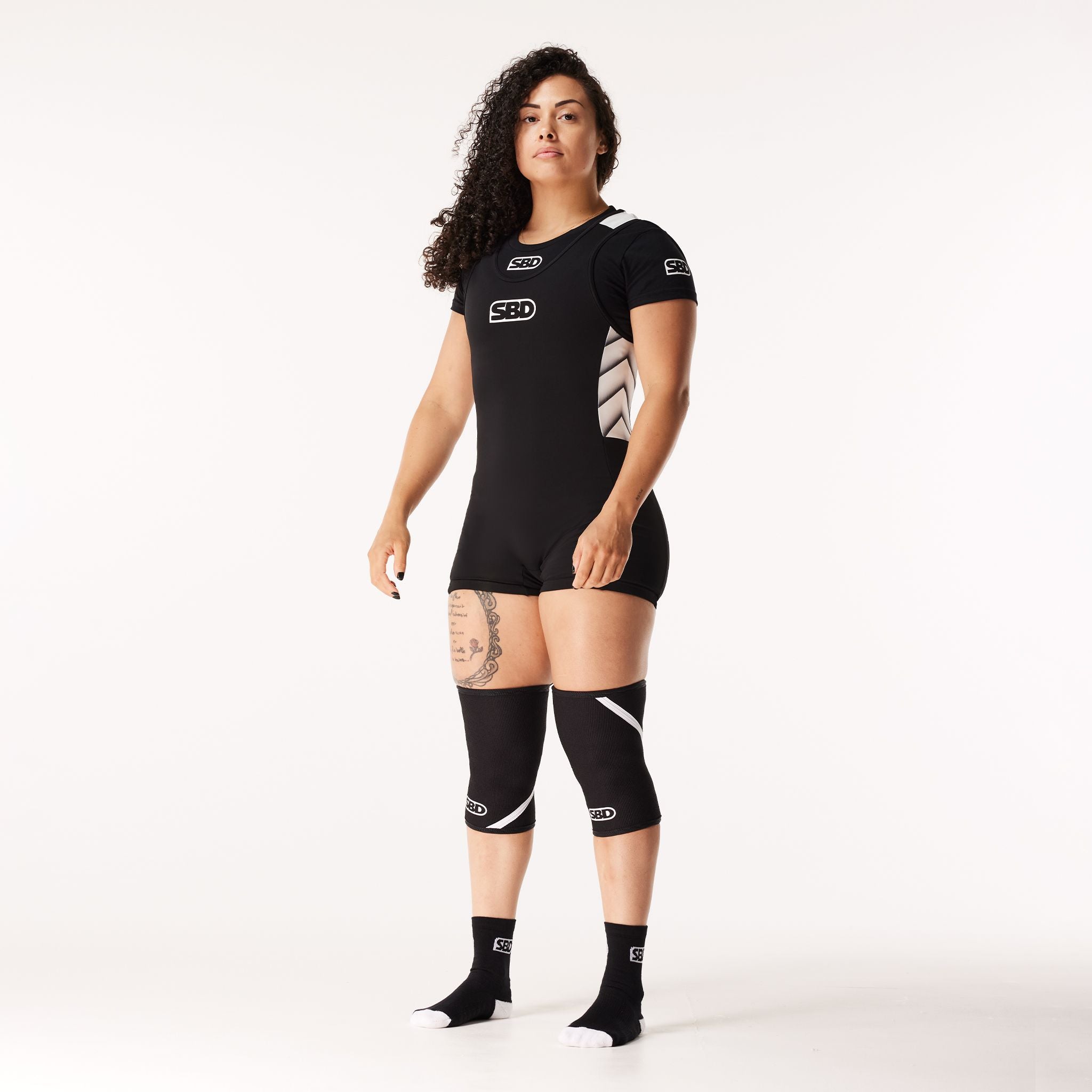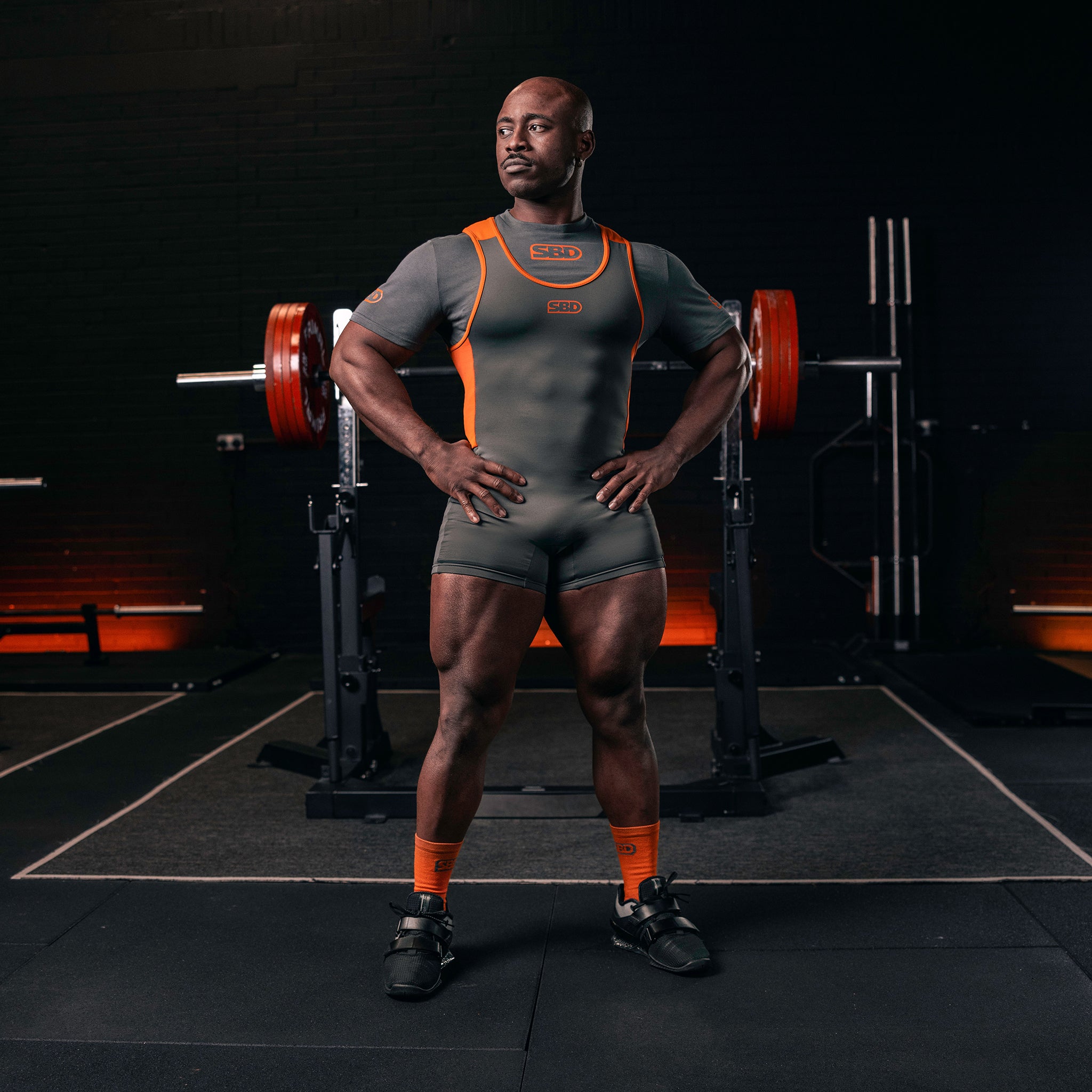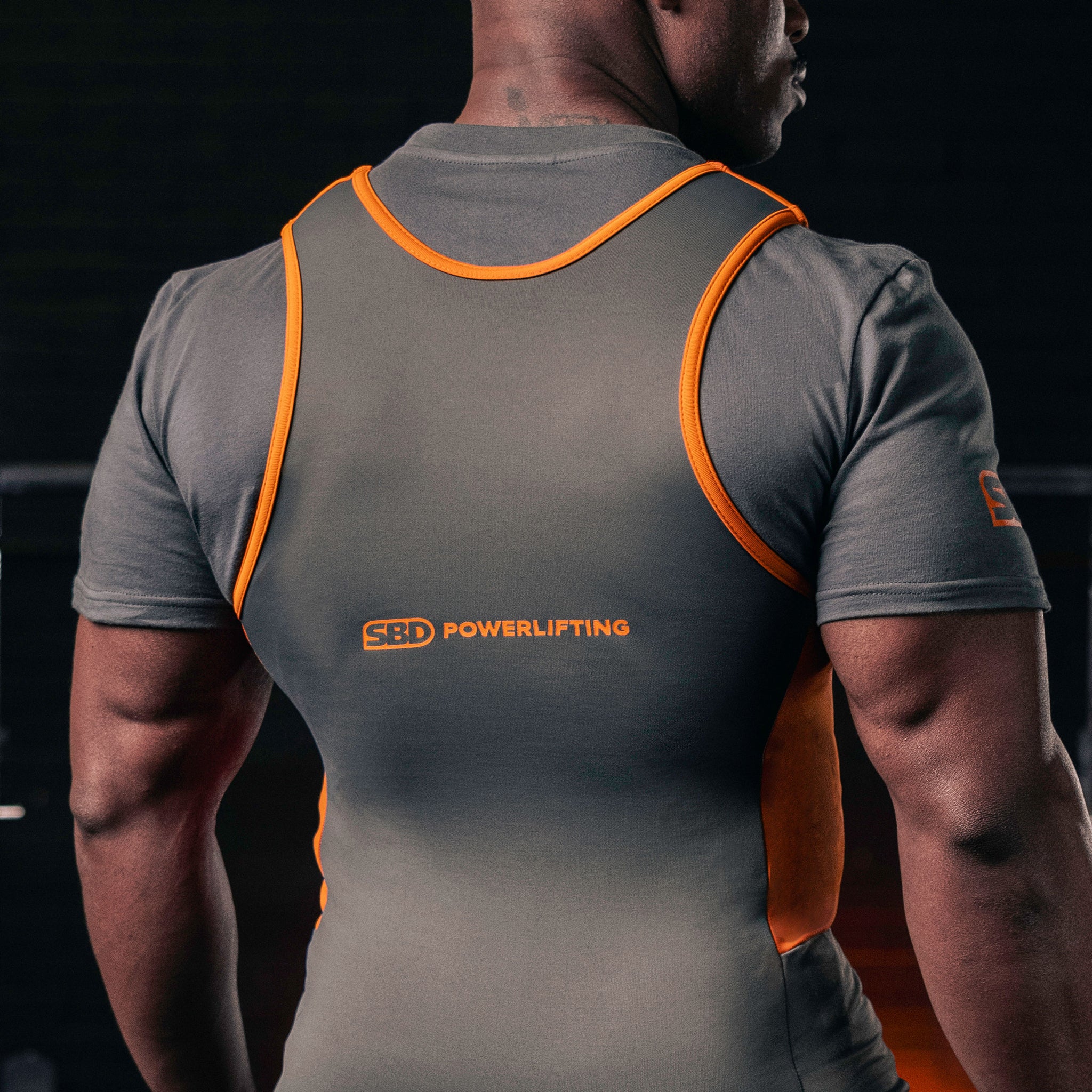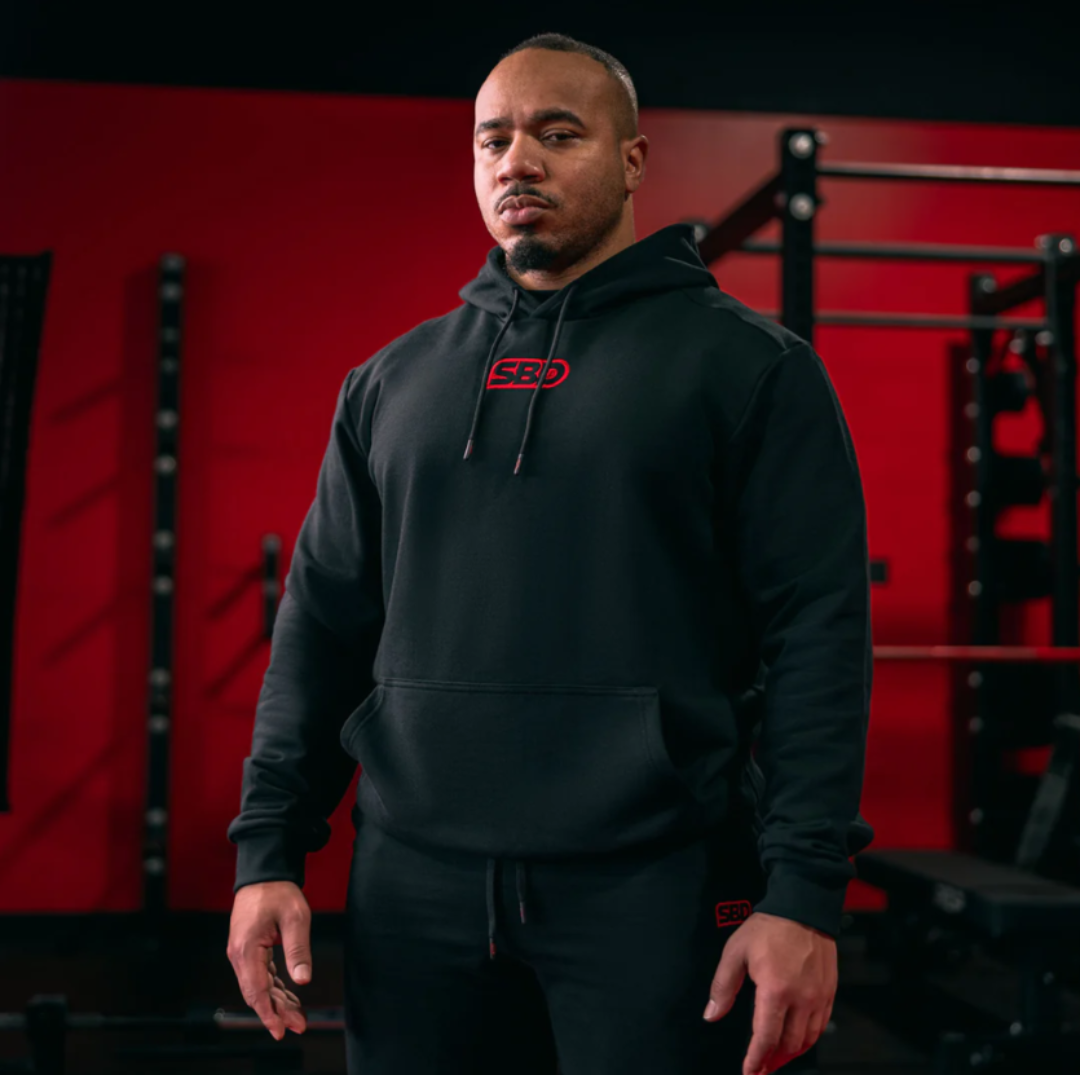Deadlifting is a fundamental exercise in strength training, engaging multiple muscle groups and promoting overall power development. However, executing the deadlift with improper form can lead to suboptimal performance and increased risk of injury. Understanding the mechanics of a correct deadlift is crucial for identifying and addressing weaknesses in your form.
The Mechanics of a Correct Deadlift
A proper deadlift involves:
-
Barbell Position: The bar should be over the midfoot, close to the shins.
-
Foot Placement: Feet should be shoulder-width apart with toes slightly pointed outwards.
-
Grip: Hands placed just outside the knees, using either a double overhand or mixed grip.
-
Back Position: Maintain a neutral spine throughout the lift, avoiding rounding or excessive arching.
-
Hip Hinge: Initiate the movement by pushing the hips back, engaging the posterior chain.
-
Lift Execution: Drive through the heels, extending the hips and knees simultaneously to lift the bar.
-
Lockout: At the top, stand tall with shoulders back, hips fully extended, and knees locked.
Common Signs Your Deadlift Form Is Off
Identifying signs of poor deadlift form is essential for making necessary corrections. Common indicators include:
Visual and Physical Indicators of Form Breakdown
-
Rounded Back: A curved spine during the lift suggests insufficient core engagement and can lead to injury.
-
Hips Rising Too Fast: If the hips shoot up before the shoulders, it indicates a lack of coordination and posterior chain engagement.
-
Bar Path Deviations: The bar should move in a straight vertical line; any deviation suggests form issues.
-
Knee Valgus: Knees caving inward during the lift indicates weak glutes and poor hip stability.
-
Grip Issues: Struggling to hold onto the bar may point to inadequate grip strength.
How Pain Patterns Reveal Weaknesses
-
Lower Back Pain: Often results from a rounded spine or overextension during the lift.
-
Hamstring Tightness: May indicate poor hip hinge mechanics or insufficient flexibility.
-
Knee Discomfort: Can be caused by improper knee tracking or excessive forward knee movement.
Key Muscle Groups in the Deadlift
Understanding the muscles involved in the deadlift helps in pinpointing weaknesses.
Posterior Chain Focus: Glutes, Hamstrings, and Erector Spinae
-
Glutes: Primary movers during hip extension.
-
Hamstrings: Assist in hip extension and knee stabilisation.
-
Erector Spinae: Maintain spinal alignment throughout the lift.
Supporting Muscles: Core, Lats, and Traps
-
Core Muscles: Provide stability and intra-abdominal pressure.
-
Latissimus Dorsi: Help keep the bar close to the body.
-
Trapezius: Assist in shoulder stabilisation and bar control.
Weak Points by Deadlift Phase
Identifying specific phases where form breaks down allows for targeted interventions.
Weakness at the Floor
-
Cause: Poor leg drive or insufficient tension in the setup.
-
Solution: Incorporate deficit deadlifts and pause deadlifts to improve strength off the floor.
Mid-Pull Challenges
-
Cause: Weakness in the posterior chain or loss of bar path control.
-
Solution: Implement Romanian deadlifts and bent-over rows to strengthen the mid-pull.
Lockout Struggles
-
Cause: Insufficient glute activation or grip fatigue.
-
Solution: Use block pulls and hip thrusts to enhance lockout strength.
Analysing Your Deadlift Setup and Execution
A thorough analysis of your deadlift setup and execution can reveal form deficiencies.
Foot Position, Bar Path, and Hip Hinge
-
Foot Position: Ensure feet are shoulder-width apart with toes slightly outward.
-
Bar Path: The bar should travel in a straight line; deviations suggest form issues.
-
Hip Hinge: Focus on pushing the hips back rather than squatting down.
Video Review Techniques
Recording your lifts from different angles can help identify form breakdowns. Use slow-motion playback to assess:
-
Spinal Alignment: Check for rounding or excessive arching.
-
Knee and Hip Movement: Ensure coordinated extension.
-
Bar Path: Look for straight vertical movement.
Tools and Tests to Identify Weaknesses
Utilise specific assessments to pinpoint mobility and strength deficits.
Mobility Assessments
-
Hamstring Flexibility Test: Assess the range of motion in the posterior chain.
-
Ankle Dorsiflexion Test: Evaluate ankle mobility, which affects the starting position.
-
Thoracic Spine Mobility Test: Determine upper back flexibility for maintaining posture.
Strength Imbalance Tests
-
Single-Leg Deadlift: Identifies unilateral weaknesses.
-
Plank Hold: Assesses core endurance.
-
Grip Strength Test: Measures the ability to maintain hold on the bar.
Programming Solutions for Specific Weaknesses
Tailor your training program to address identified weaknesses.
Accessory Lifts by Phase
| Weak Point | Accessory Exercise |
|---|---|
| Off the Floor | Deficit Deadlifts |
| Mid-Pull | Romanian Deadlifts |
| Lockout | Block Pulls |
| Grip Strength | Farmer's Carries |
| Core Stability | Plank Variations |
Structuring Your Weekly Deadlift Training
-
Day 1: Heavy Deadlift Session focusing on main lift.
-
Day 2: Accessory Work targeting identified weaknesses.
-
Day 3: Mobility and Recovery Session to enhance flexibility and prevent injury
Mobility and Flexibility Fixes
Improving mobility can enhance deadlift form and performance.
Hamstring and Hip Mobility
-
Dynamic Stretching: Incorporate leg swings and lunges before lifting.
-
Static Stretching: Post-workout hamstring stretches to improve flexibility.
-
Foam Rolling: Target the glutes and hamstrings to release tension.
Thoracic and Ankle Mobility
-
Thoracic Extensions: Use a foam roller to increase upper back mobility.
-
Ankle Mobilisations: Perform calf stretches and ankle circles to enhance dorsiflexion.
The Importance of Recovery
Proper recovery is essential to maintain form and prevent overtraining.
Sleep, Nutrition, and Deloads
-
Sleep: Ensure 7–9 hours of quality sleep per night for optimal recovery.
-
Nutrition: Prioritise protein intake (1.6–2.2g/kg of body weight), complex carbs, and healthy fats to support training.
-
Deloads: Incorporate a lighter training week every 4–6 weeks to allow your body and nervous system to recover.
Coaching and Feedback Strategies
While self-assessment is useful, external feedback can be a game-changer.
When to Hire a Coach
A qualified strength coach can:
-
Spot subtle form flaws you may miss
-
Create a personalised programme tailored to your needs
-
Provide accountability and progression tracking
Choose a coach with experience in powerlifting or strength-based programming and a track record of client results.
Using Peer Feedback and Training Logs
-
Peer Review: Training partners or gym buddies can observe your form and provide real-time corrections.
-
Training Logs: Document your lifts, notes on form, fatigue, and accessory work. Over time, patterns will emerge that indicate strengths and weaknesses.
FAQs
1. How often should I deadlift to see progress?
Most lifters benefit from deadlifting 1–2 times per week. Frequency depends on your goals, recovery ability, and experience level.
2. What’s the best way to improve grip strength for deadlifts?
Use farmer’s carries, dead hangs, and barbell holds. Avoid over-relying on lifting straps during training.
3. Can poor ankle mobility affect deadlift form?
Yes. Limited ankle dorsiflexion can shift your weight forward, compromising balance and bar path.
4. Should I choose conventional or sumo deadlifts?
It depends on your limb lengths, hip mobility, and goals. Test both variations to see which feels more natural and powerful.
5. Is it okay to feel sore after deadlifting?
Mild soreness is normal, especially after heavy or high-volume sessions. Sharp pain, however, warrants further attention.
6. Do I need to stretch before deadlifting?
Yes, dynamic stretches and mobility drills can prepare the body and improve your range of motion. Save static stretching for after training.
Conclusion
Identifying and correcting weaknesses in your deadlift form is essential for long-term progress, safety, and performance. By understanding the biomechanics, evaluating each lift phase, and tailoring your programming, you’ll move closer to optimal form and bigger pulls. Whether you're training for strength, hypertrophy, or general fitness, attention to detail in your deadlift execution will pay dividends.
Utilise mobility work, record your lifts, and don't be afraid to seek feedback. The road to a better deadlift is a continual process of refinement, awareness, and consistency.




